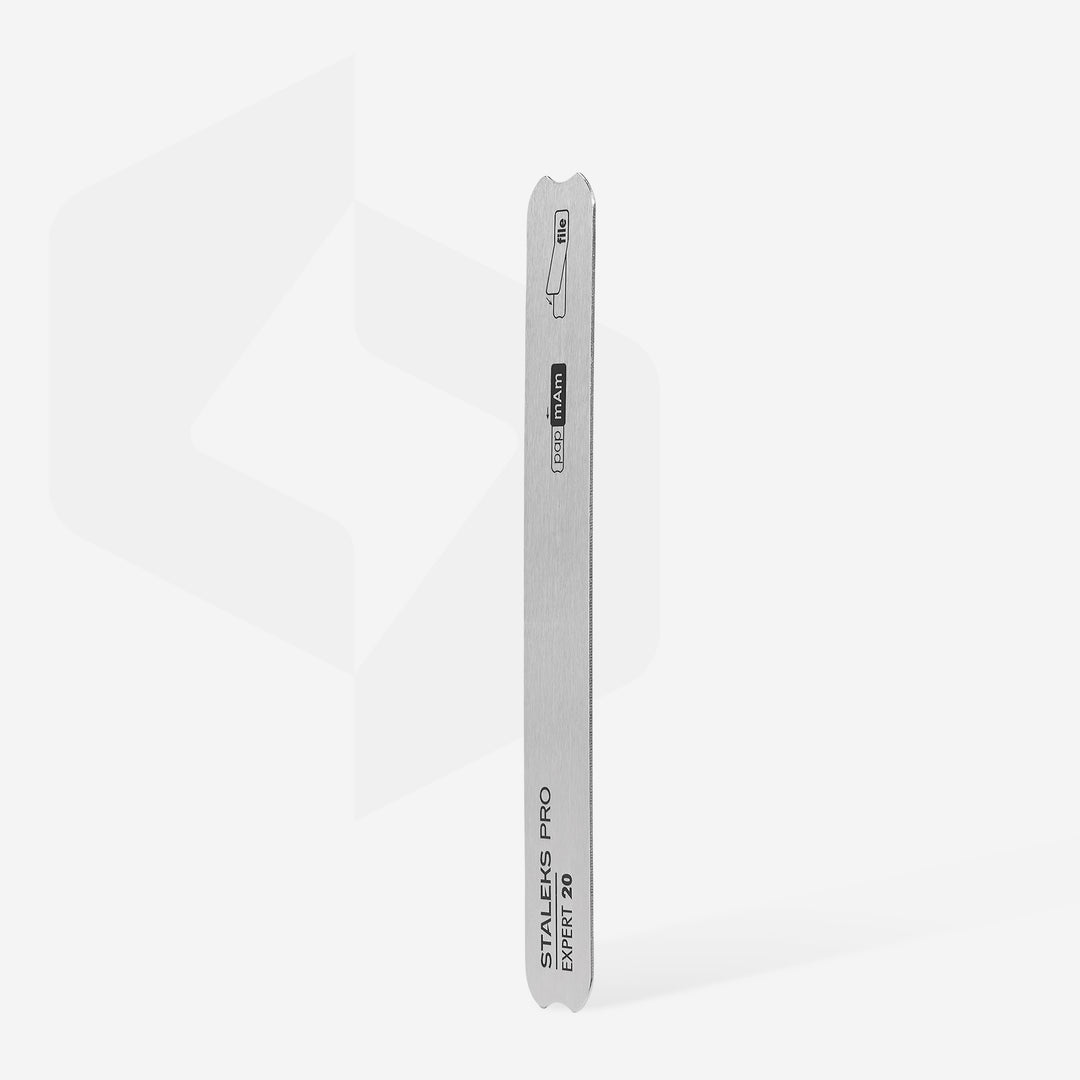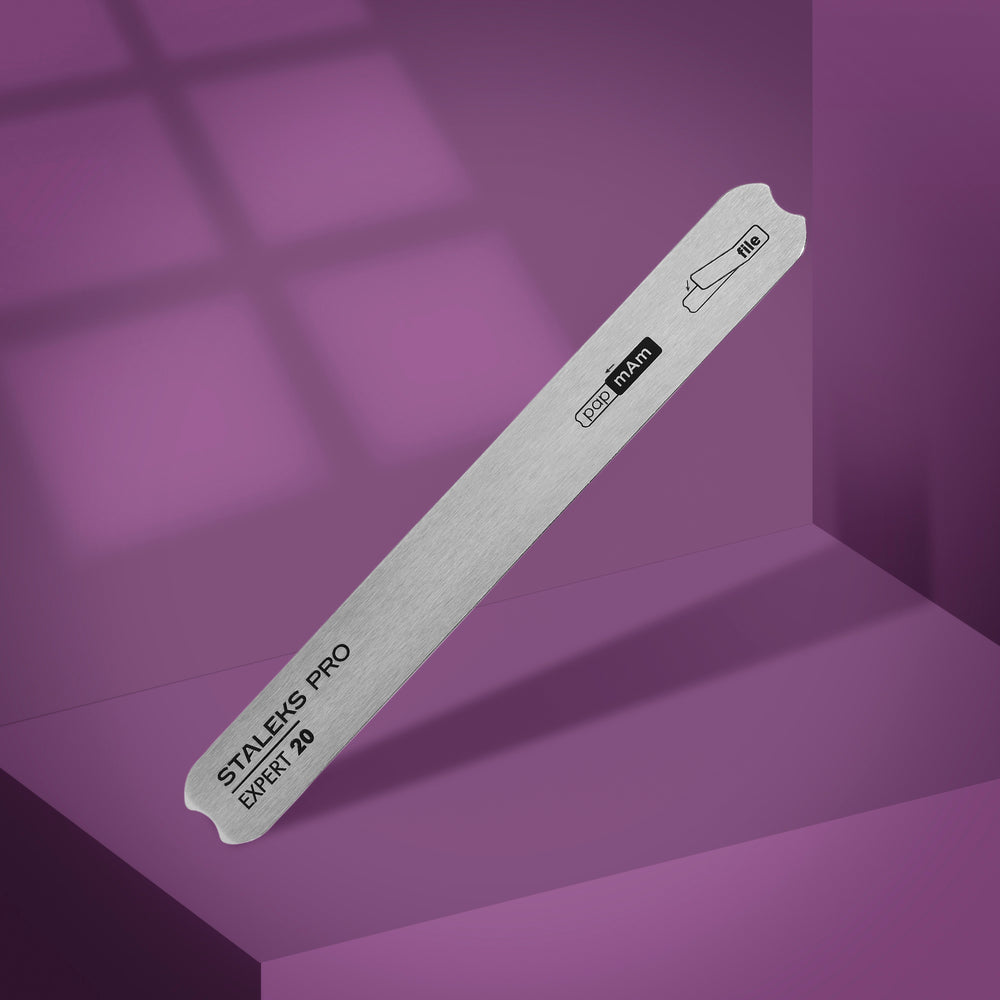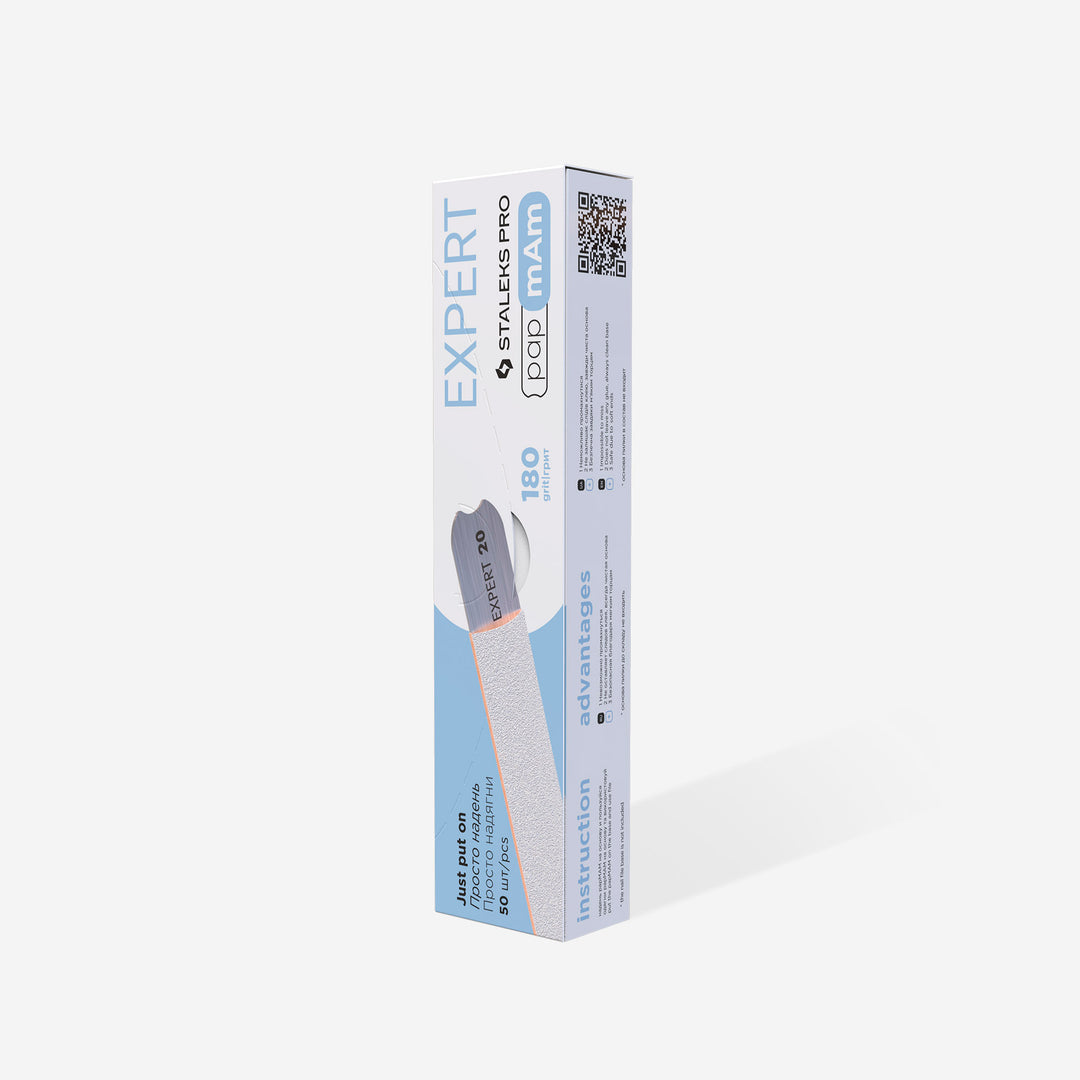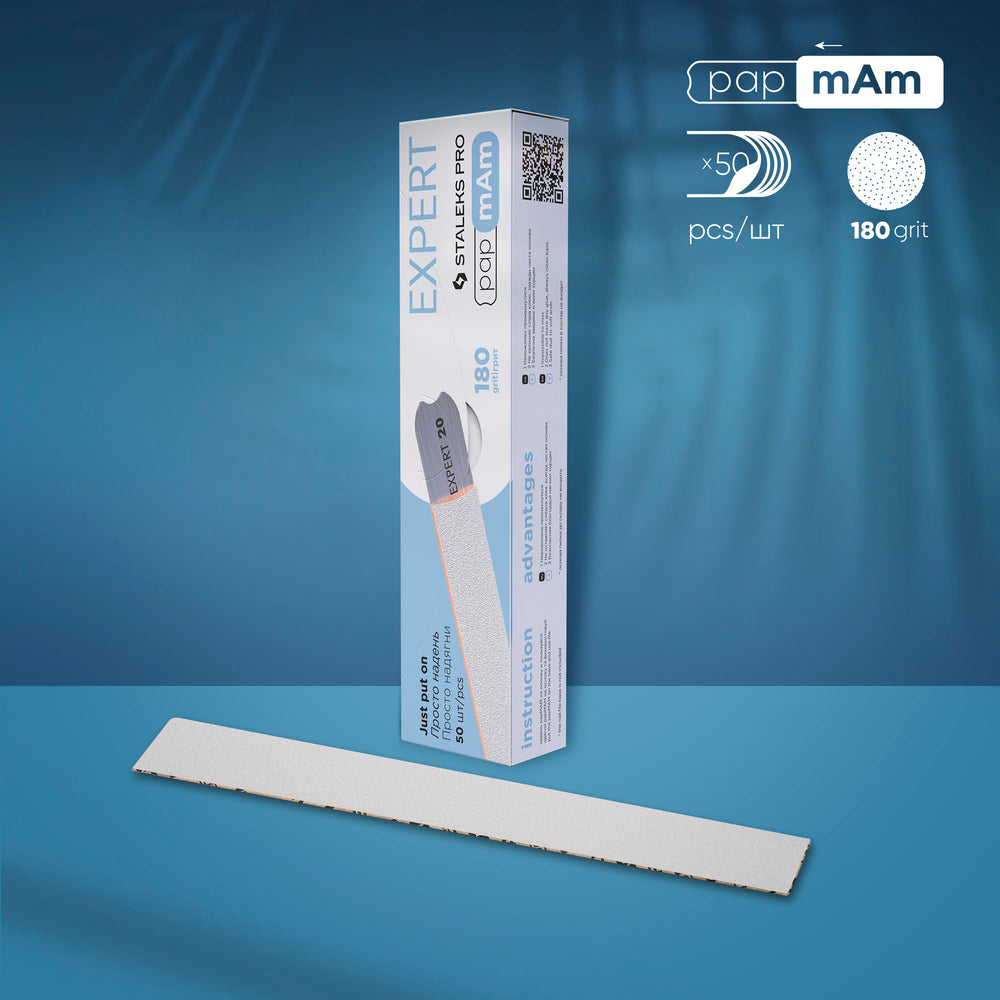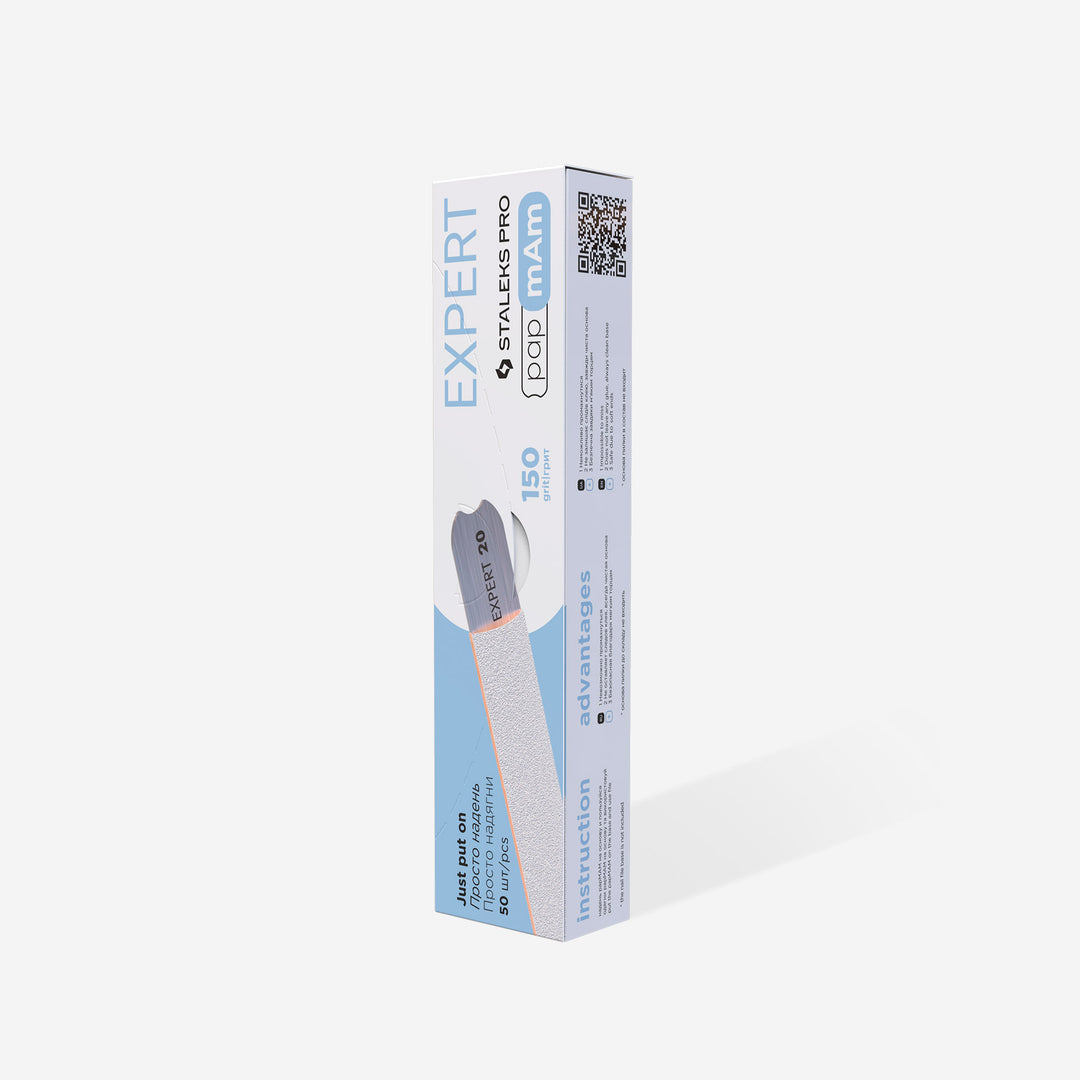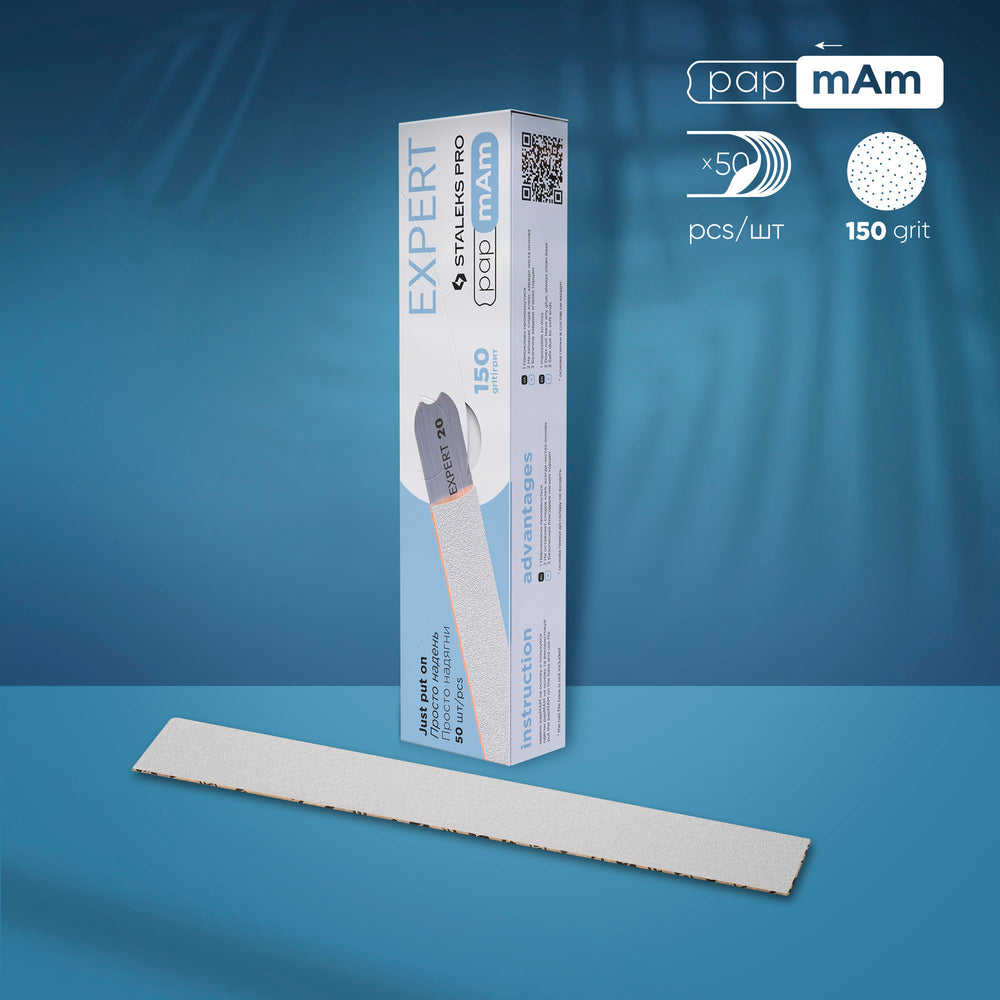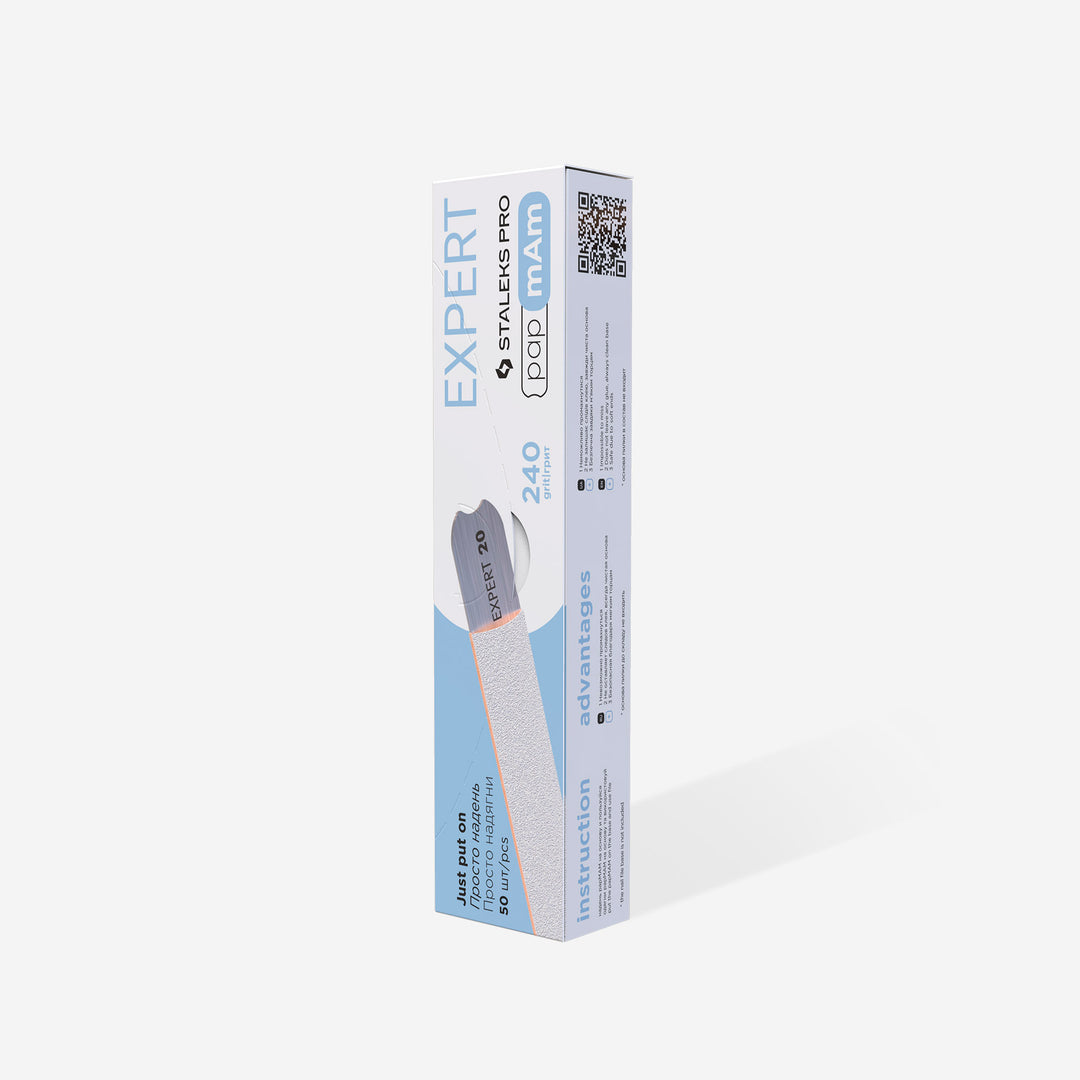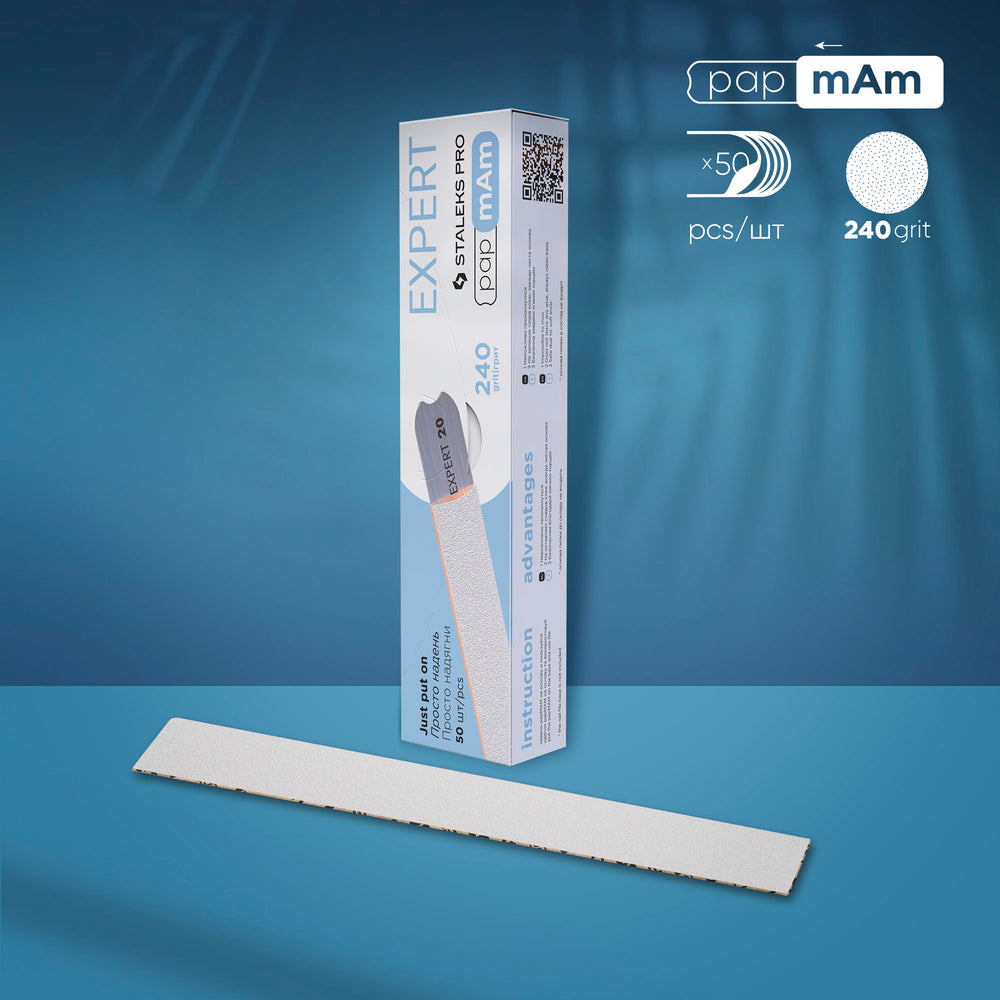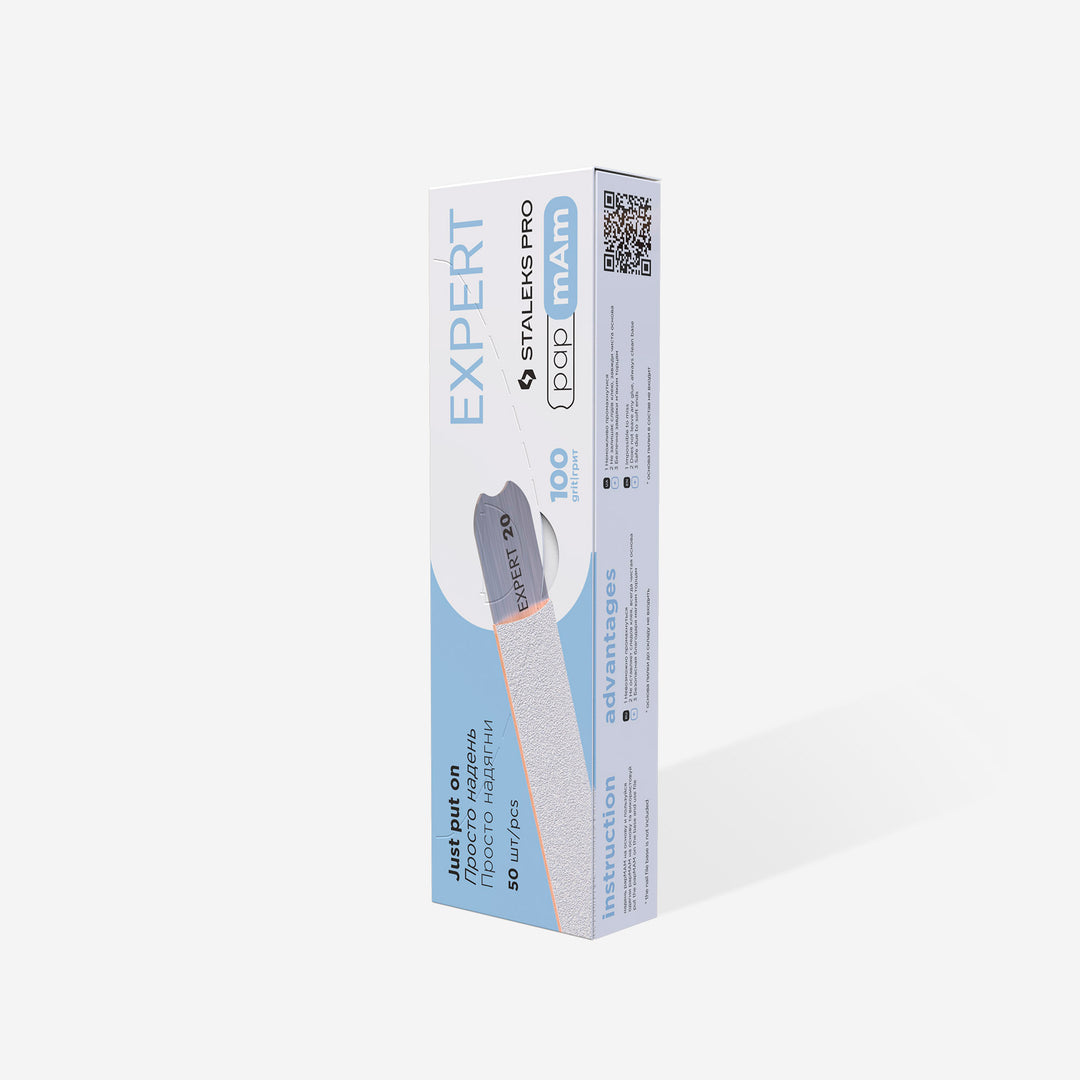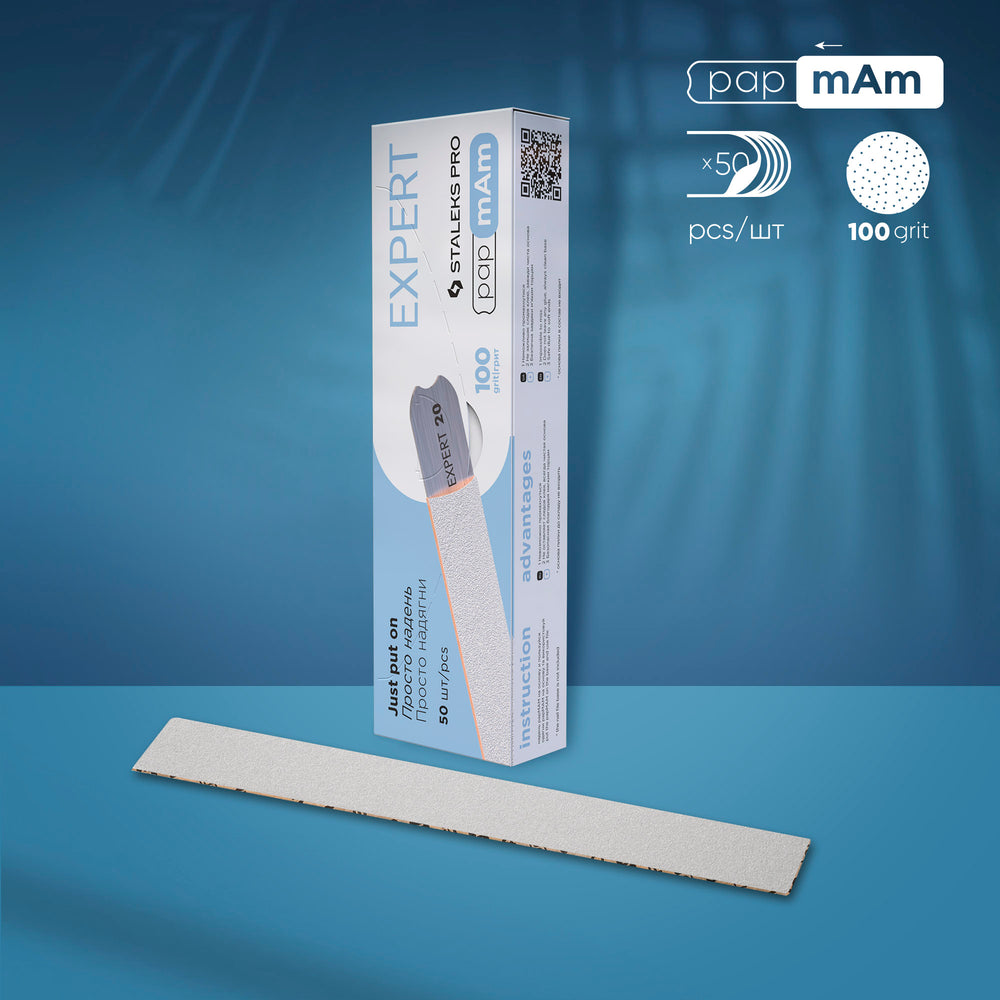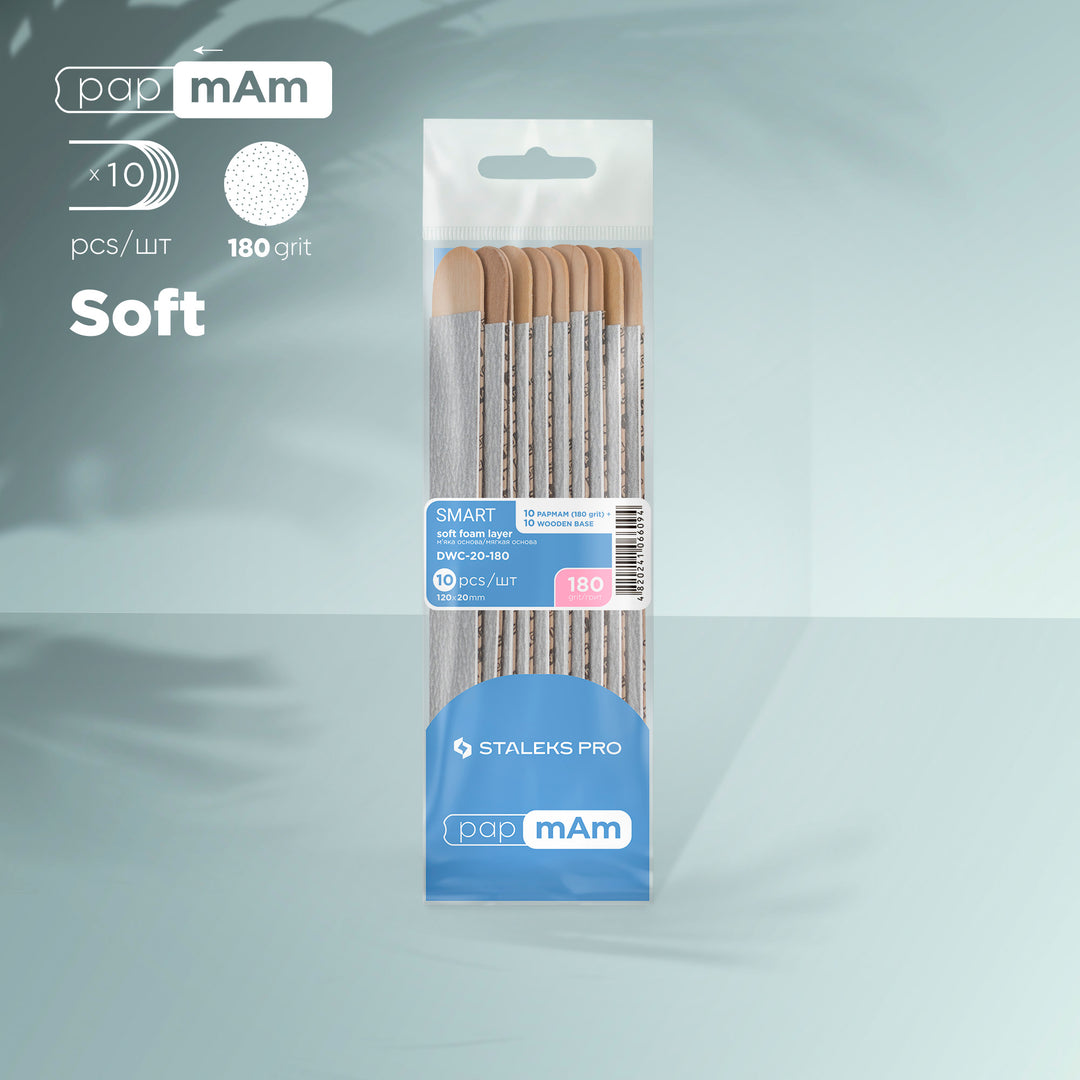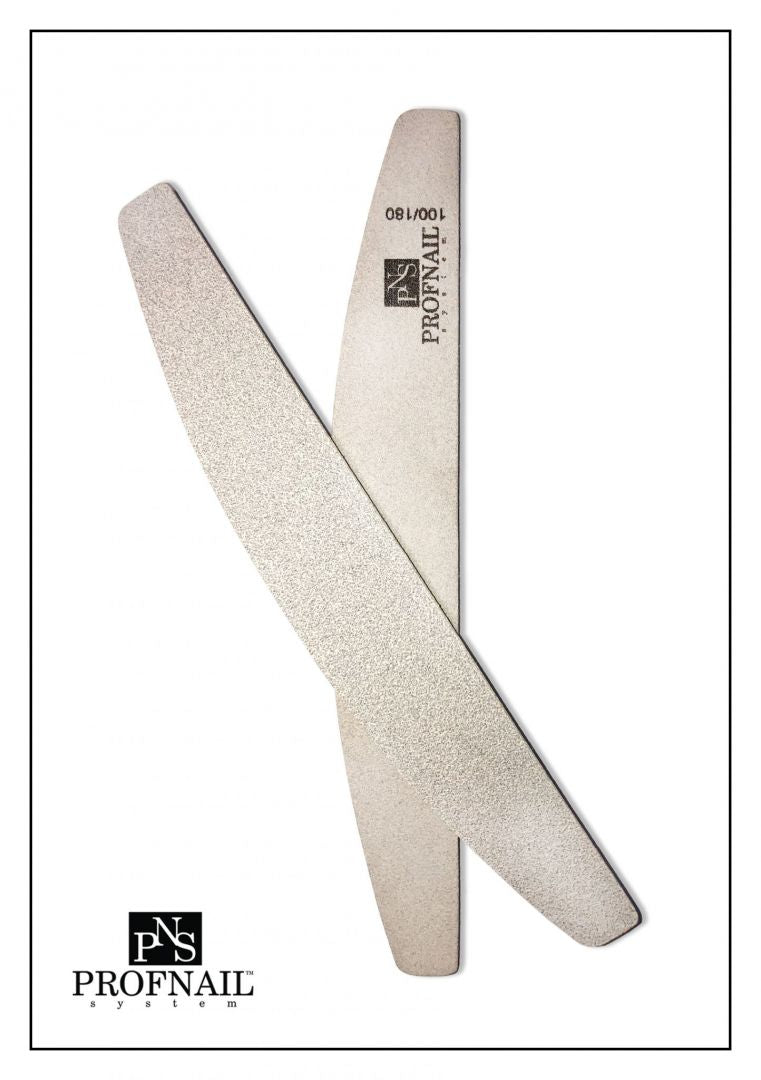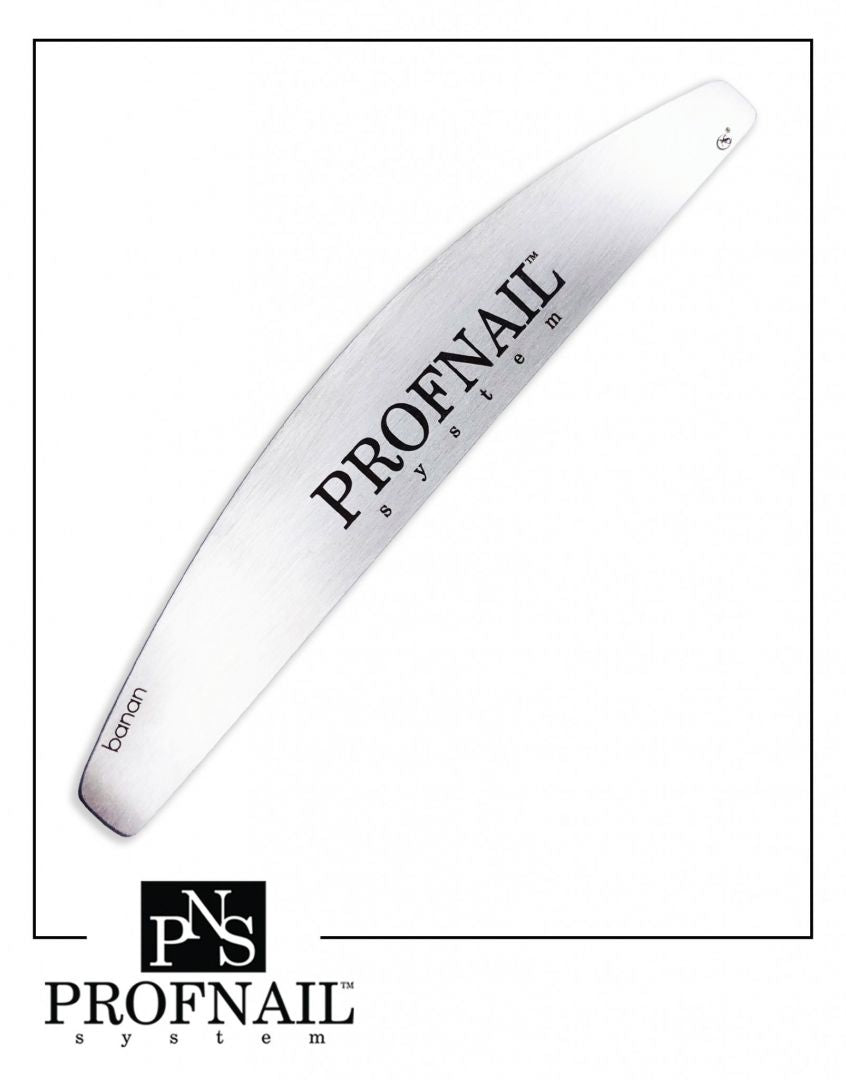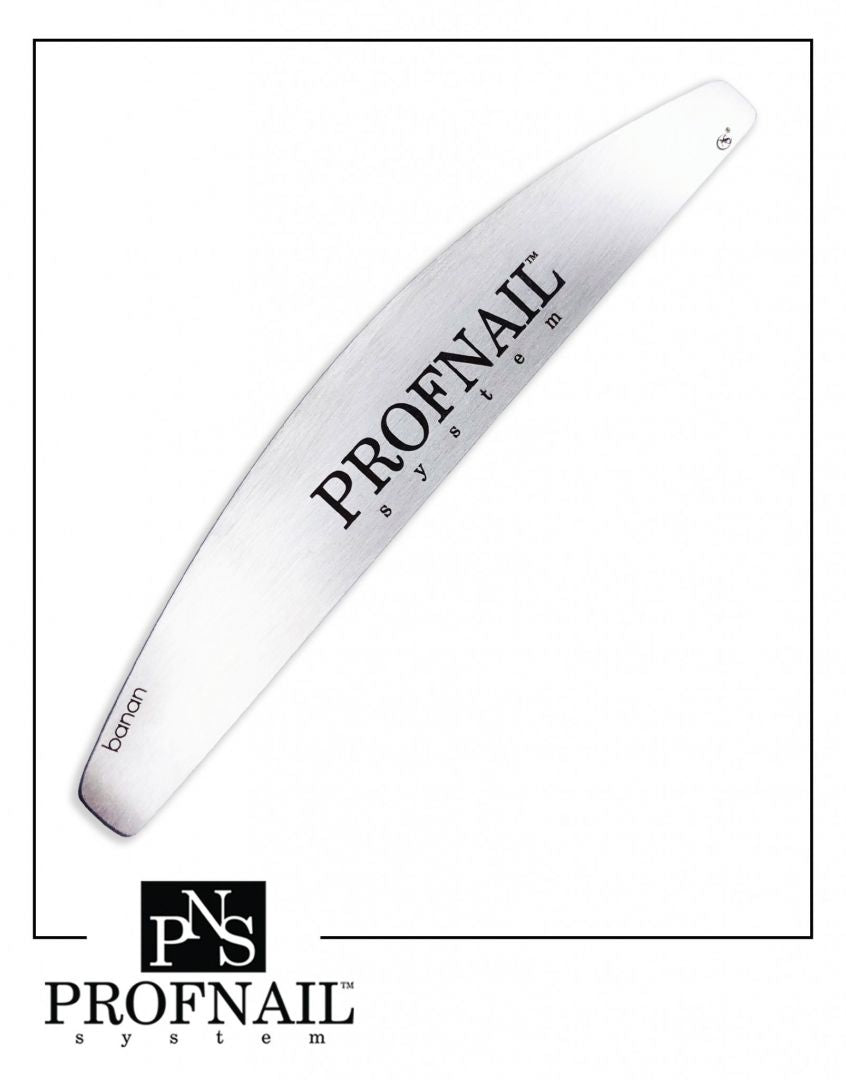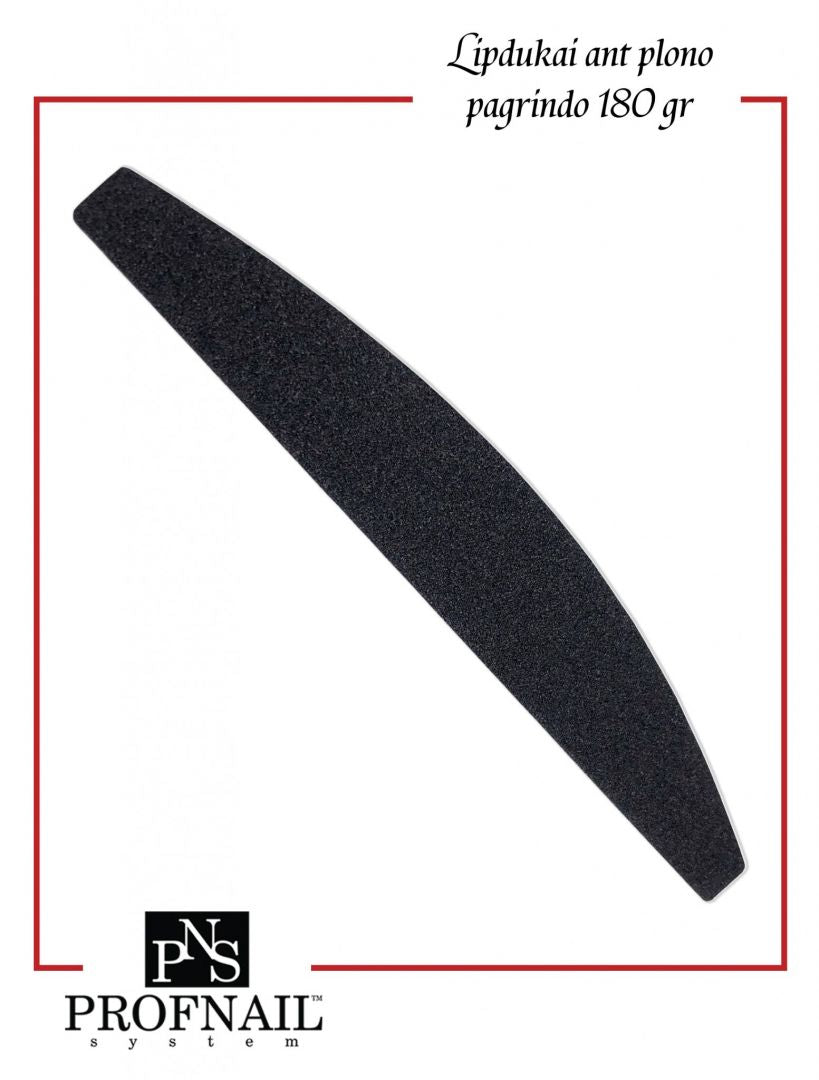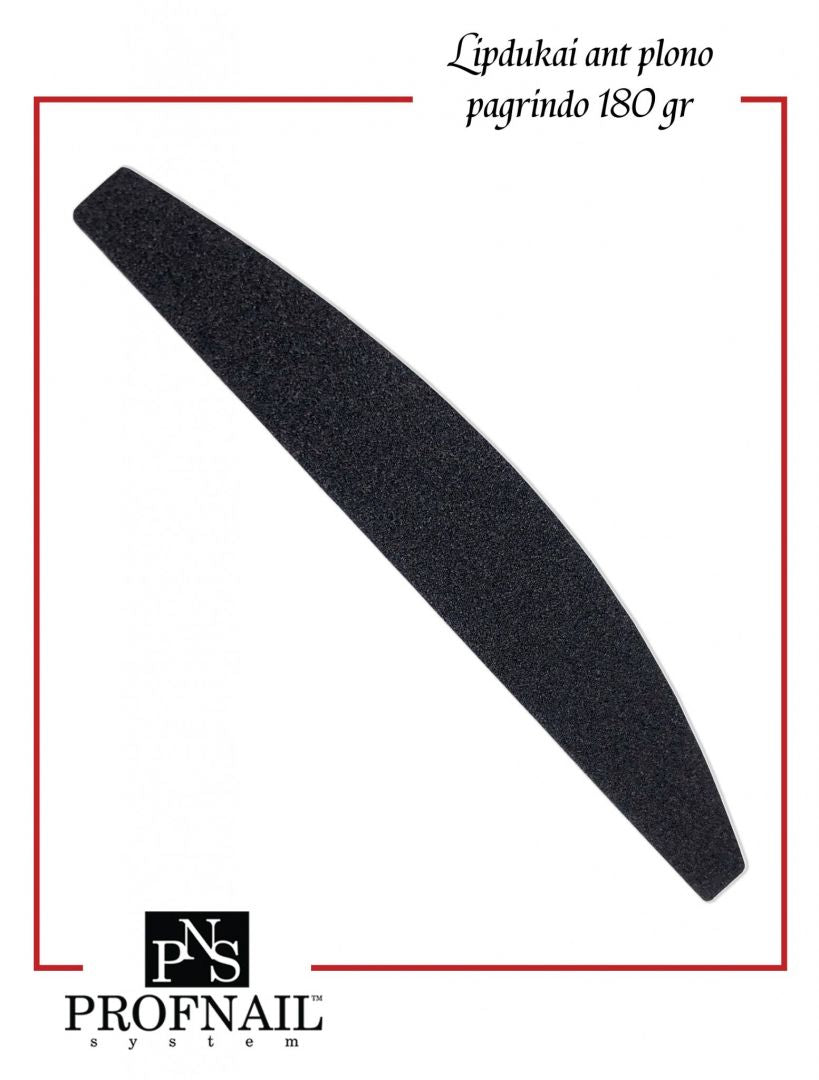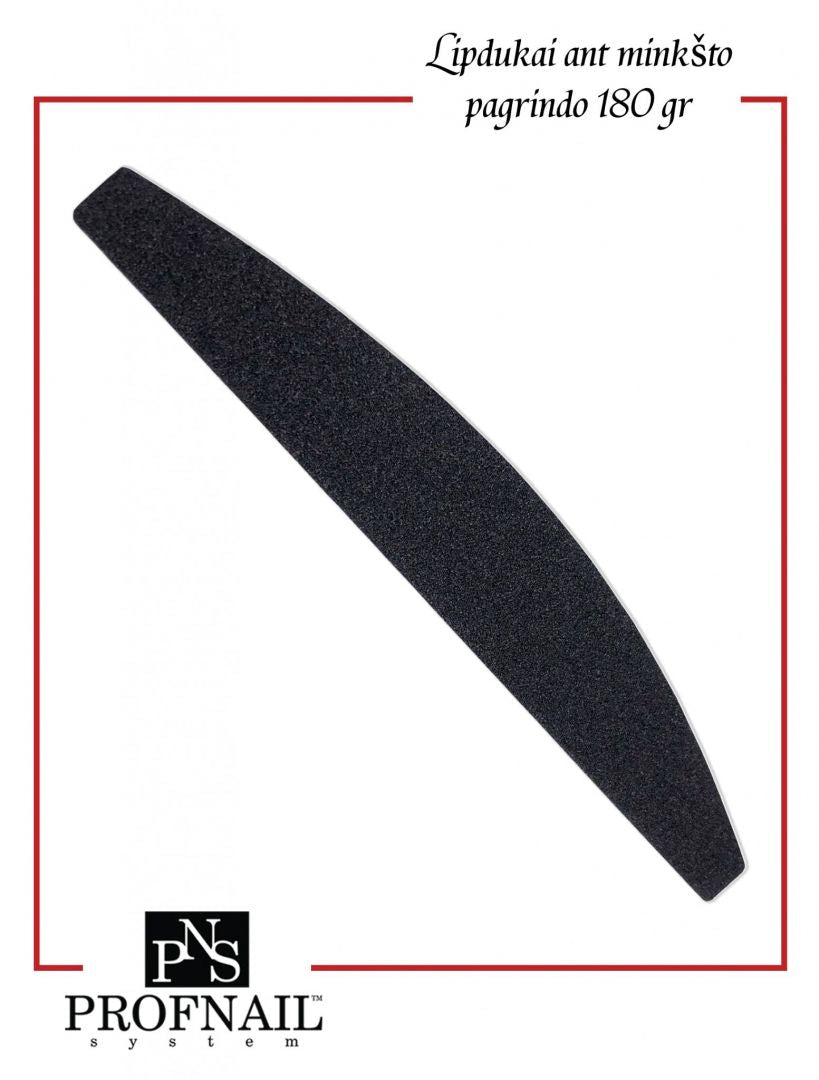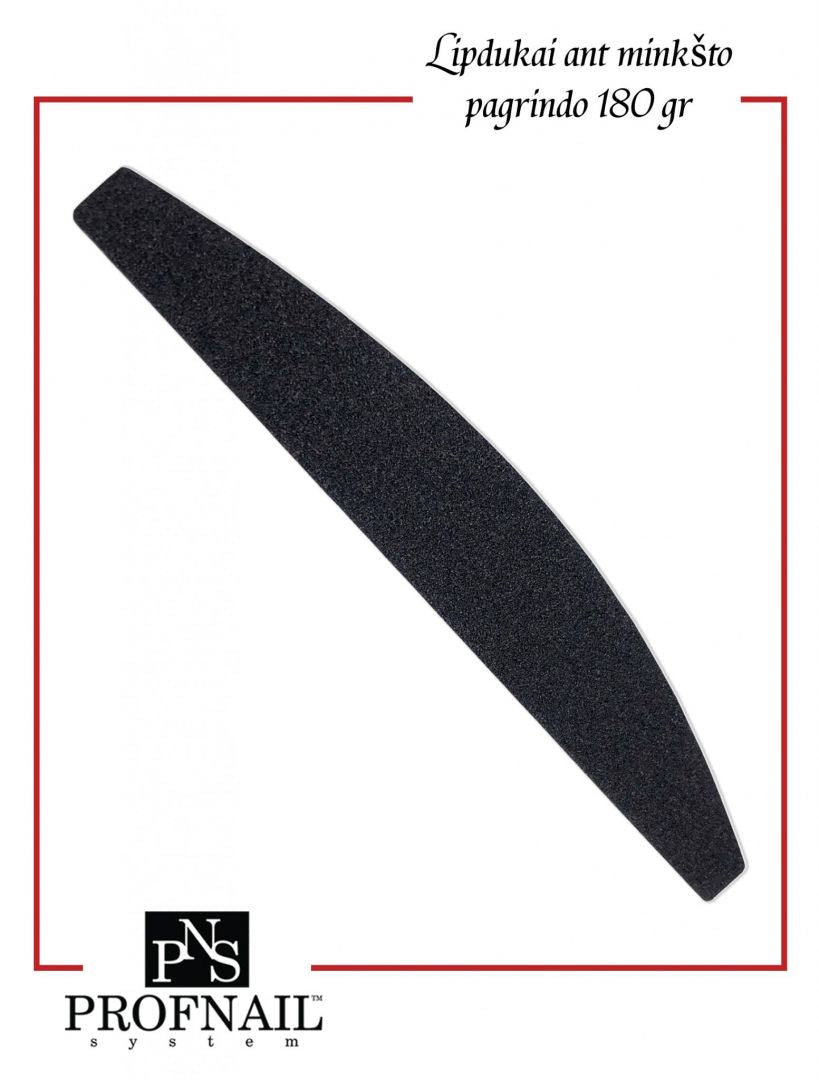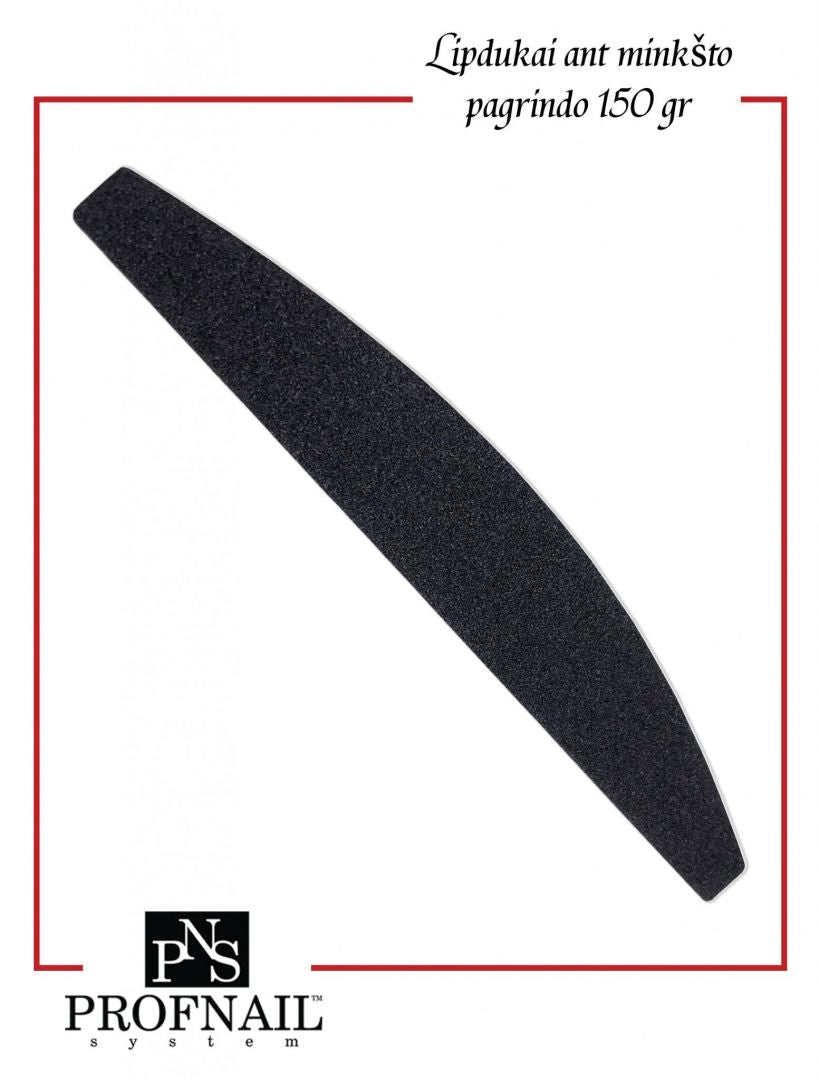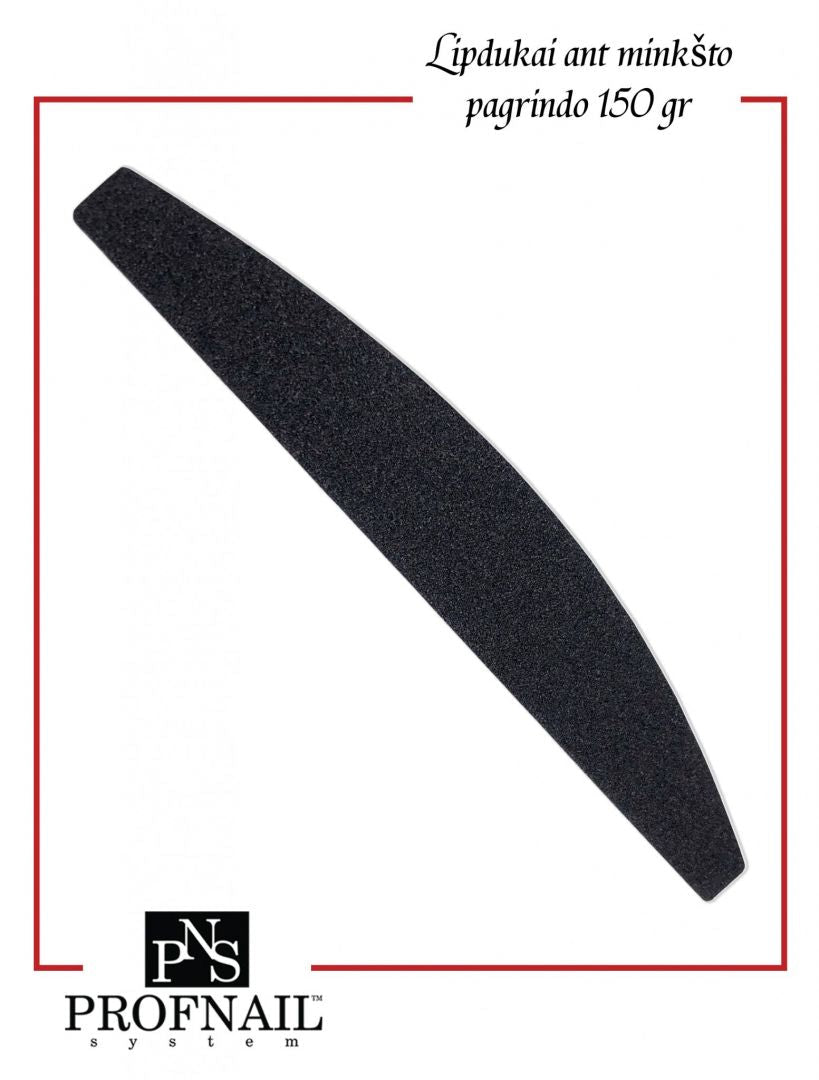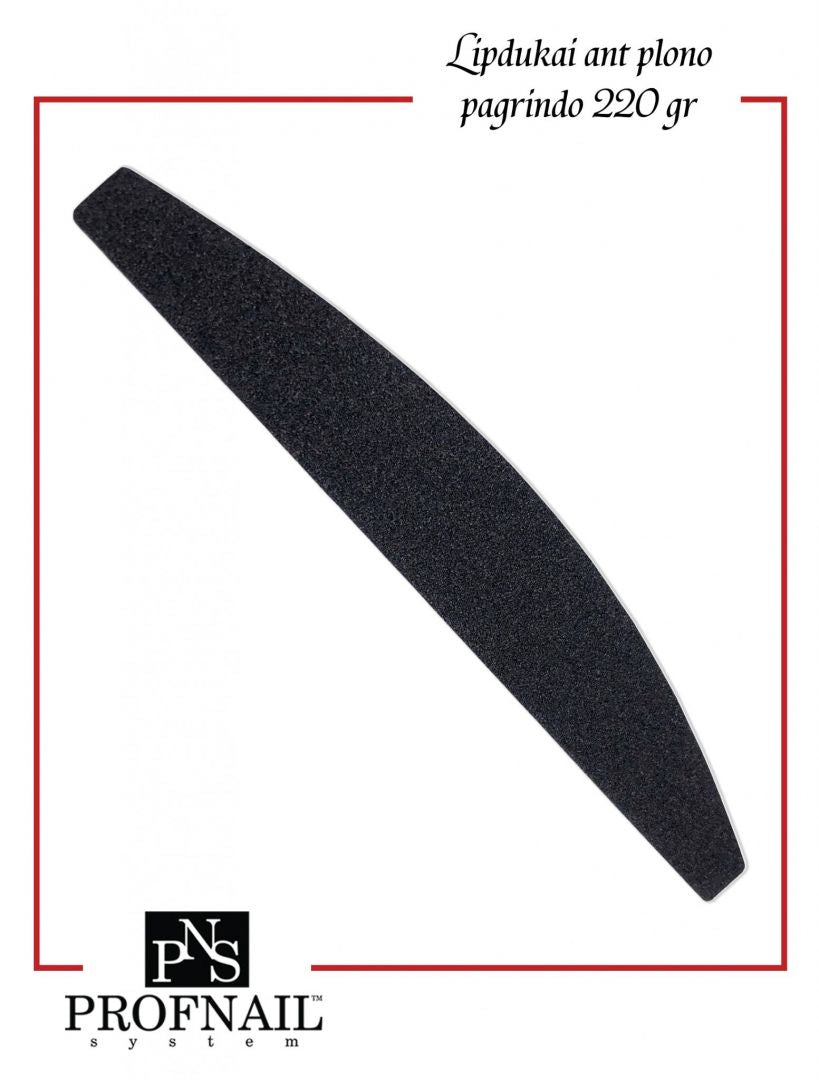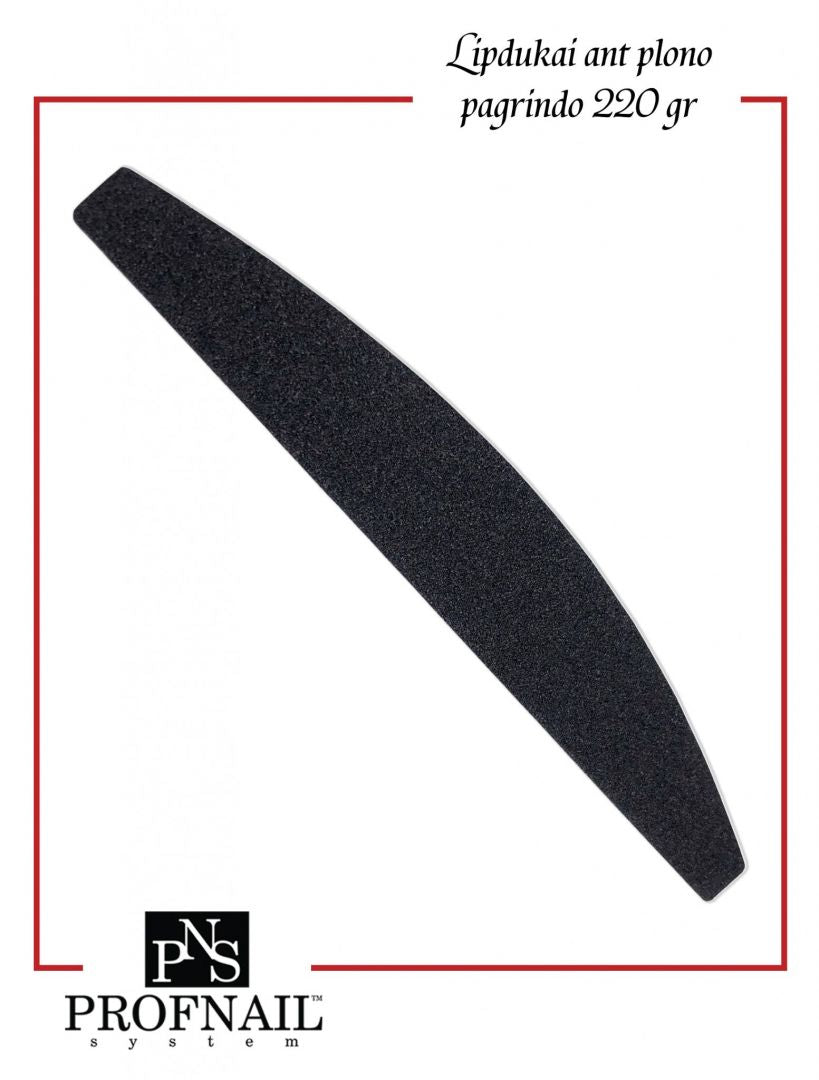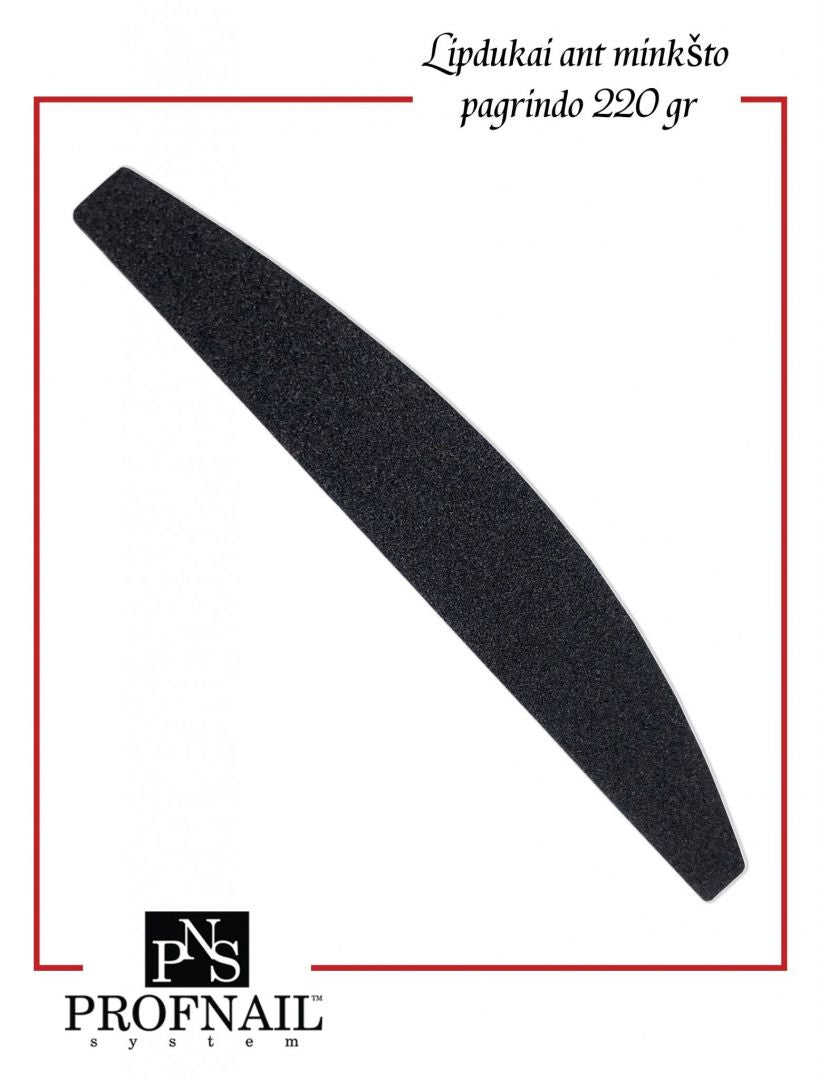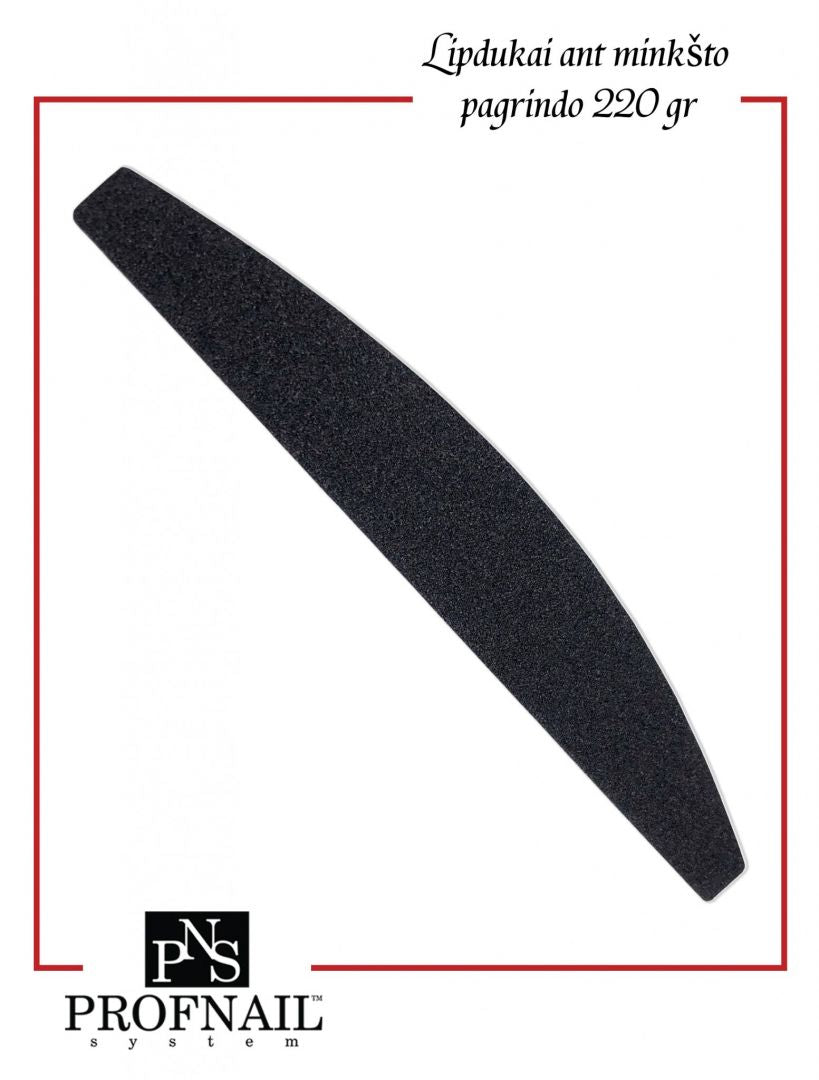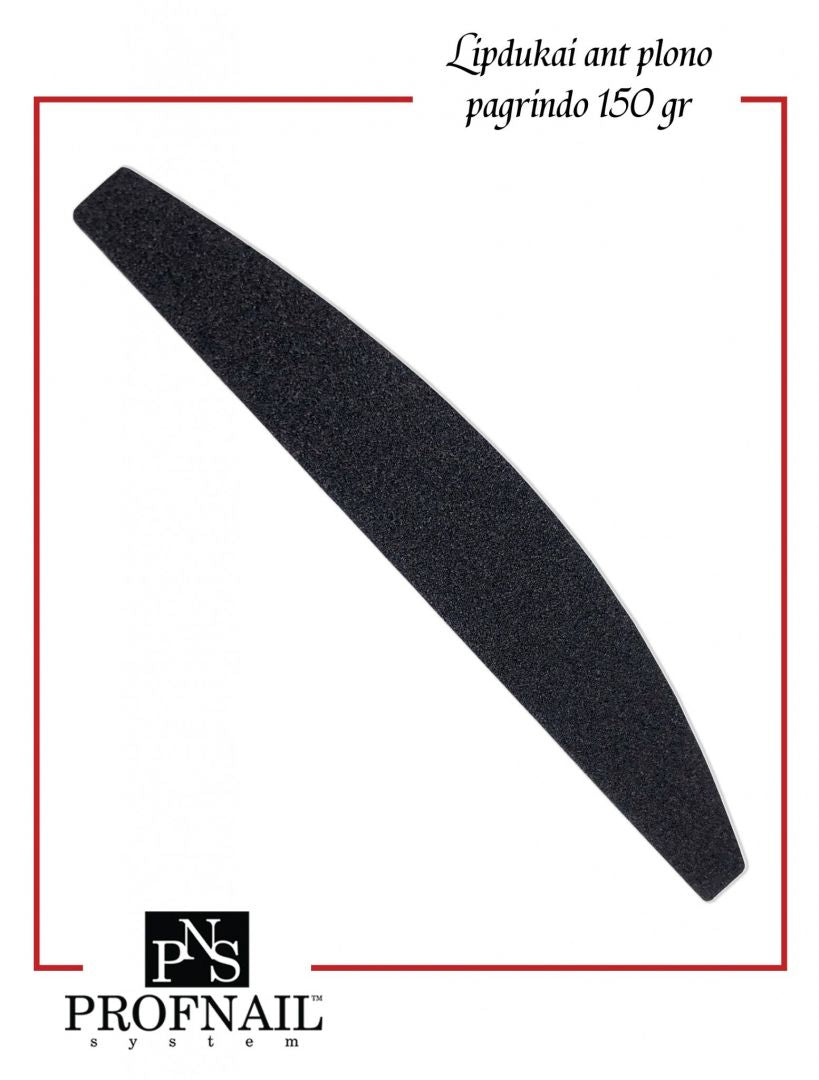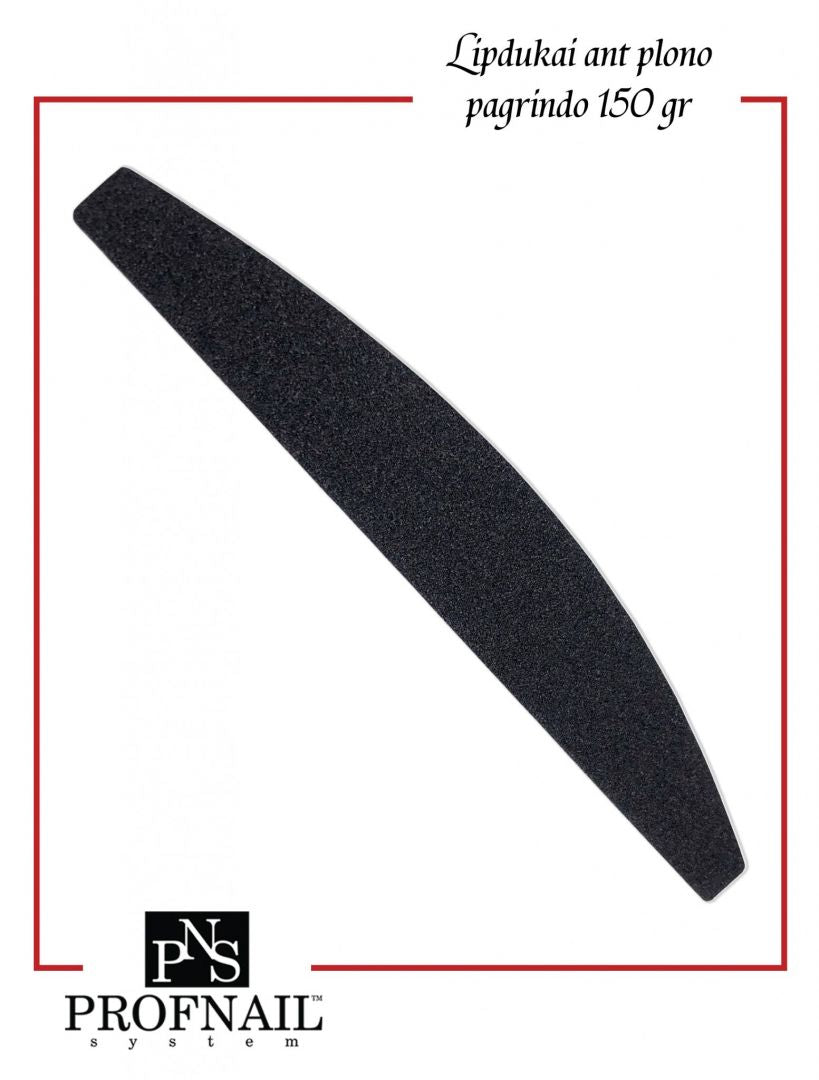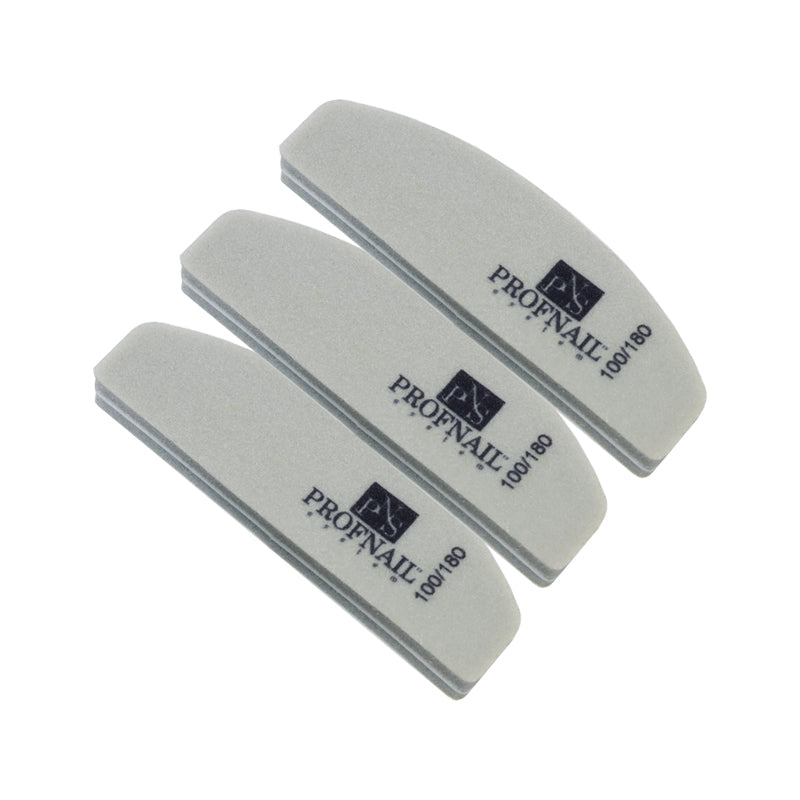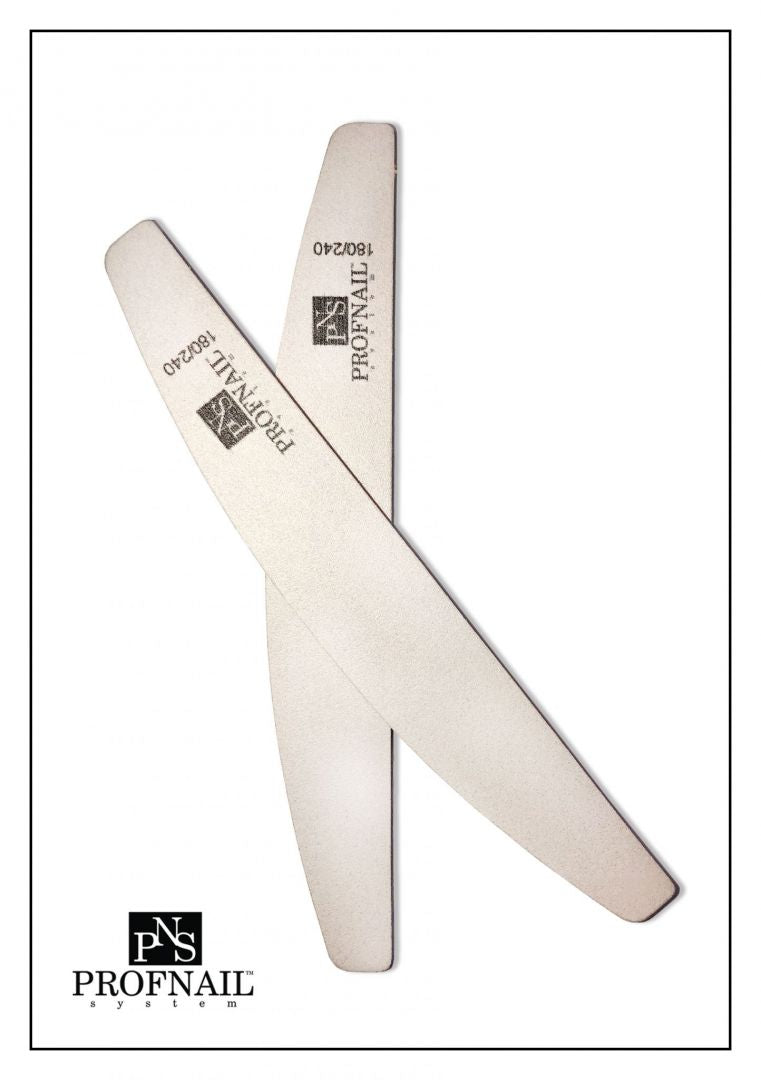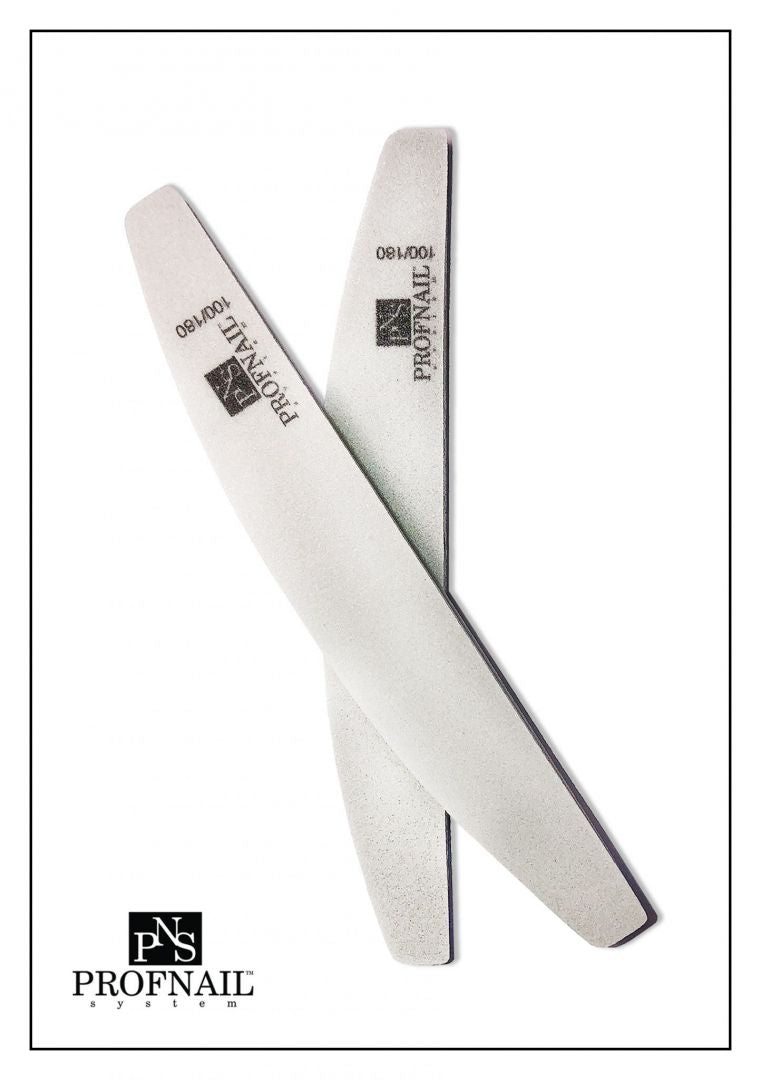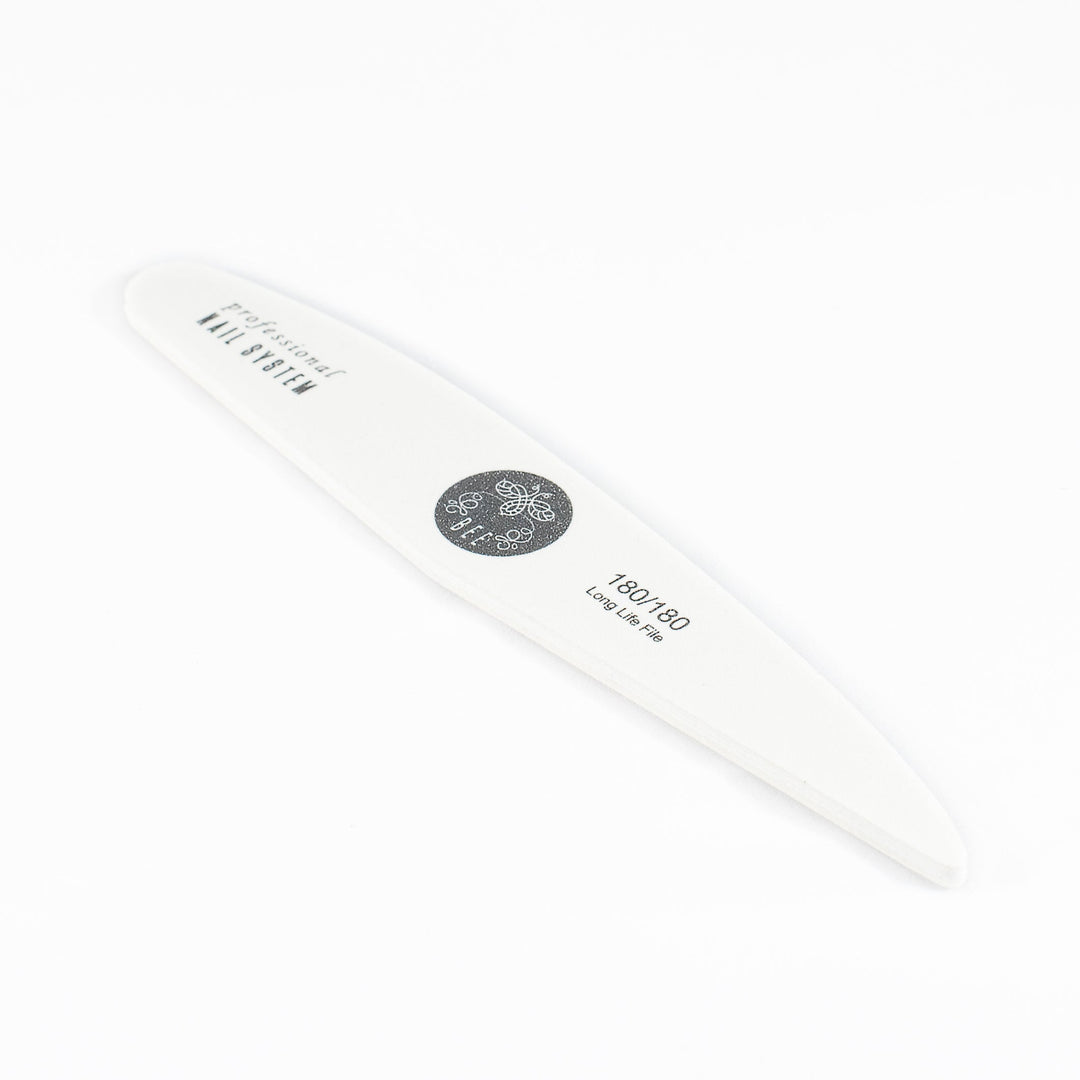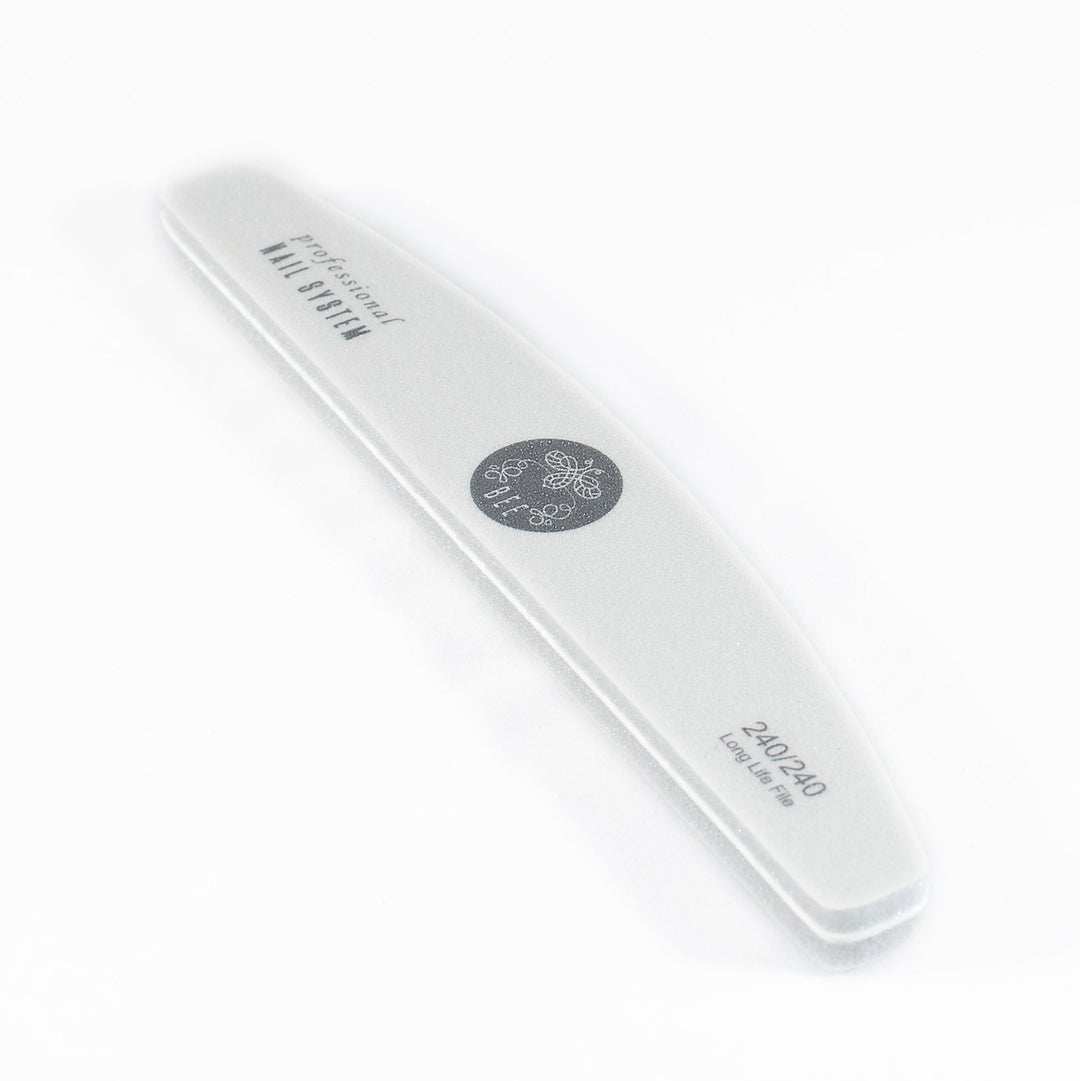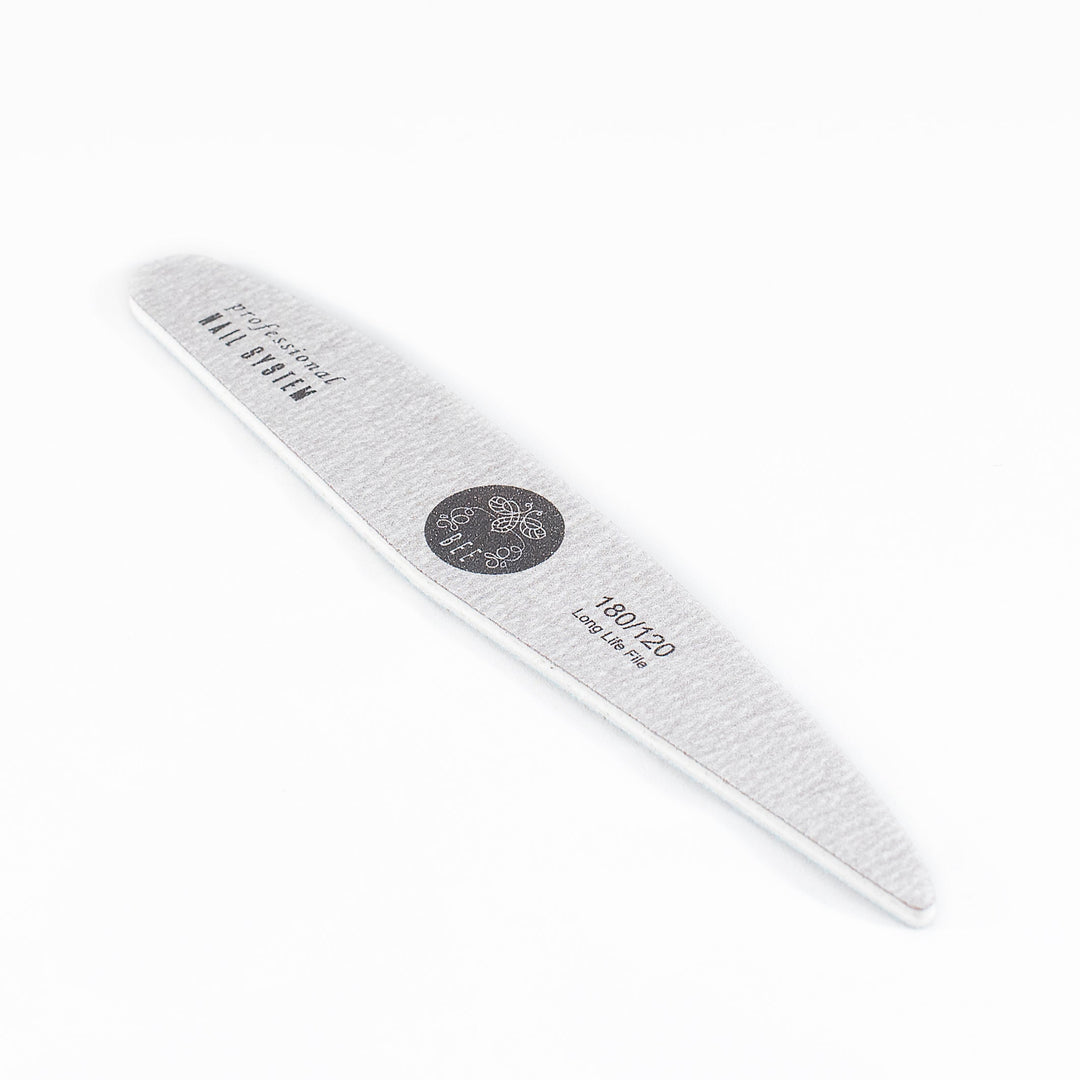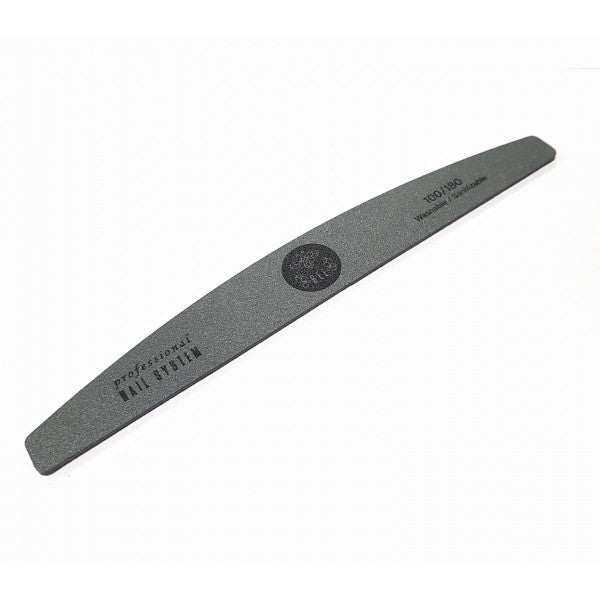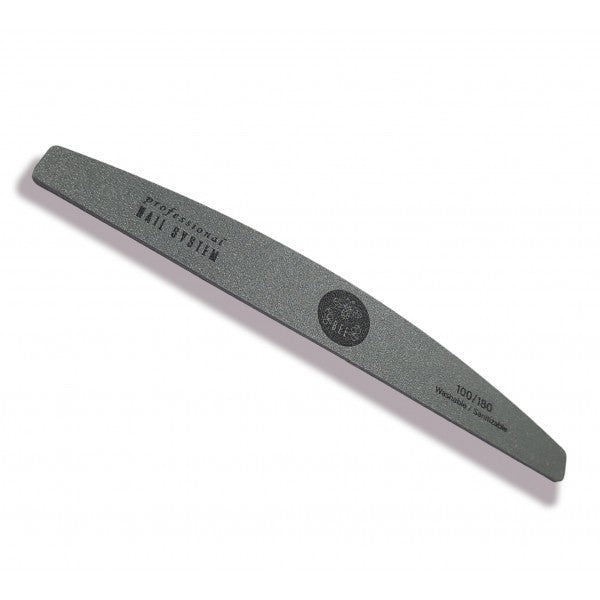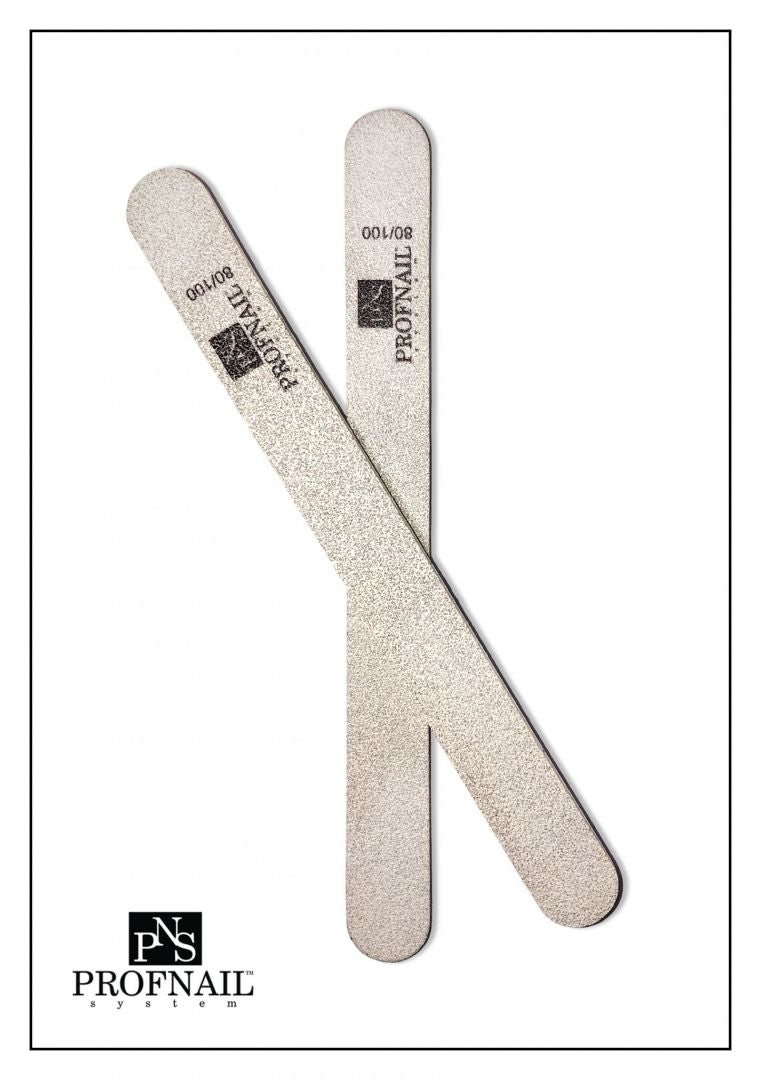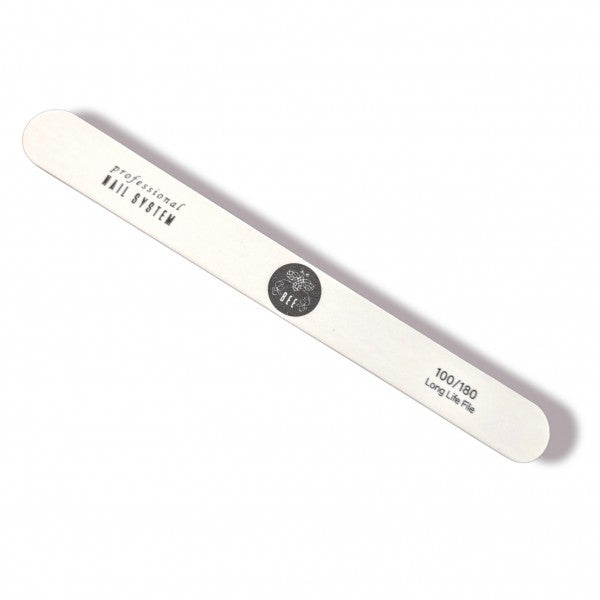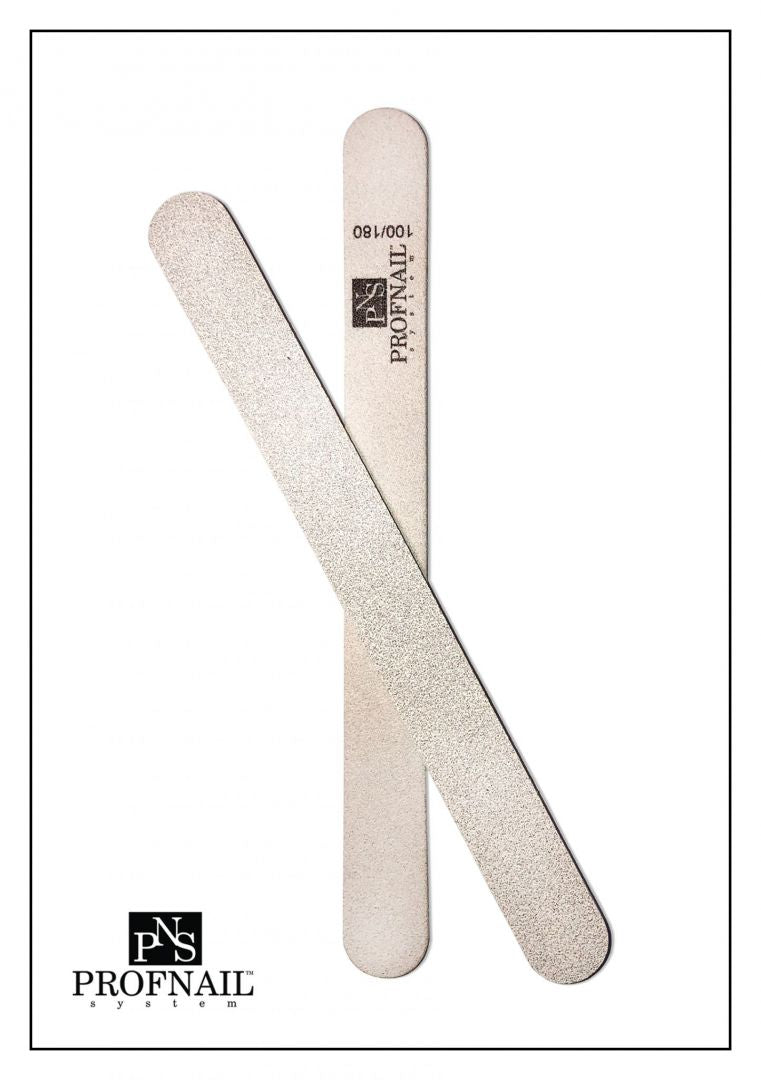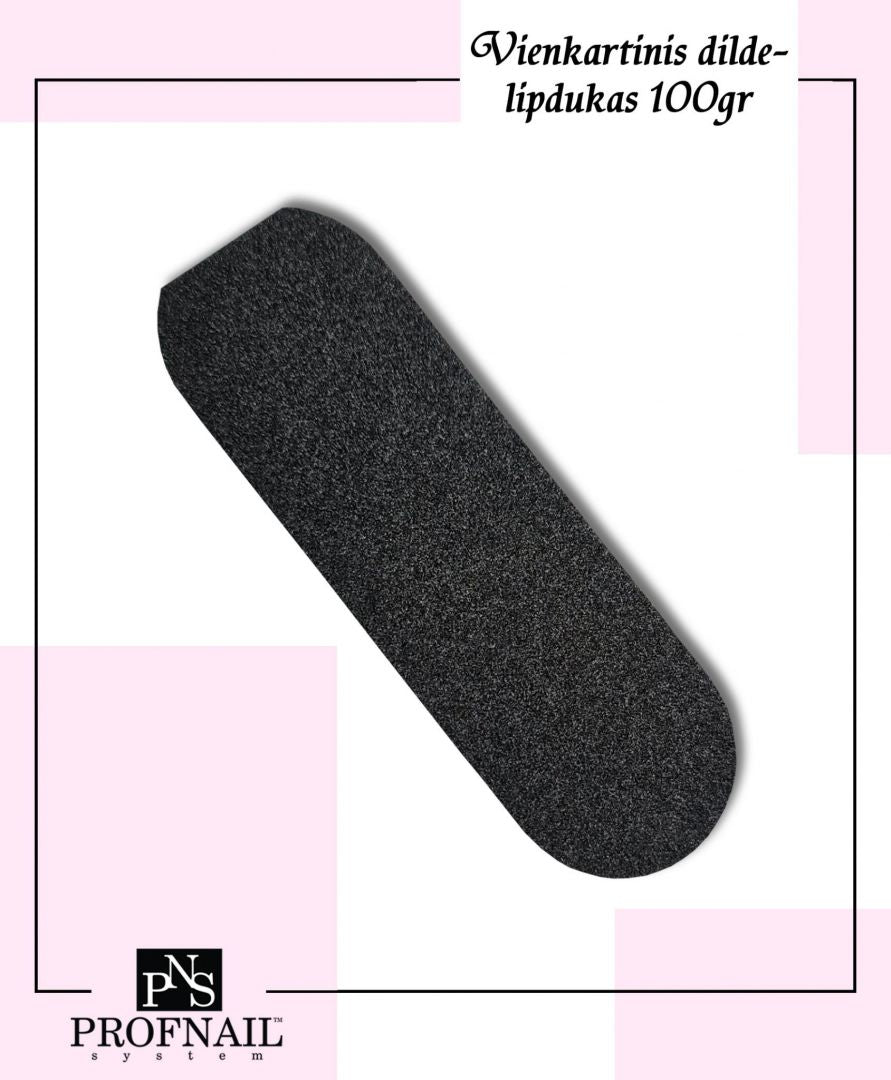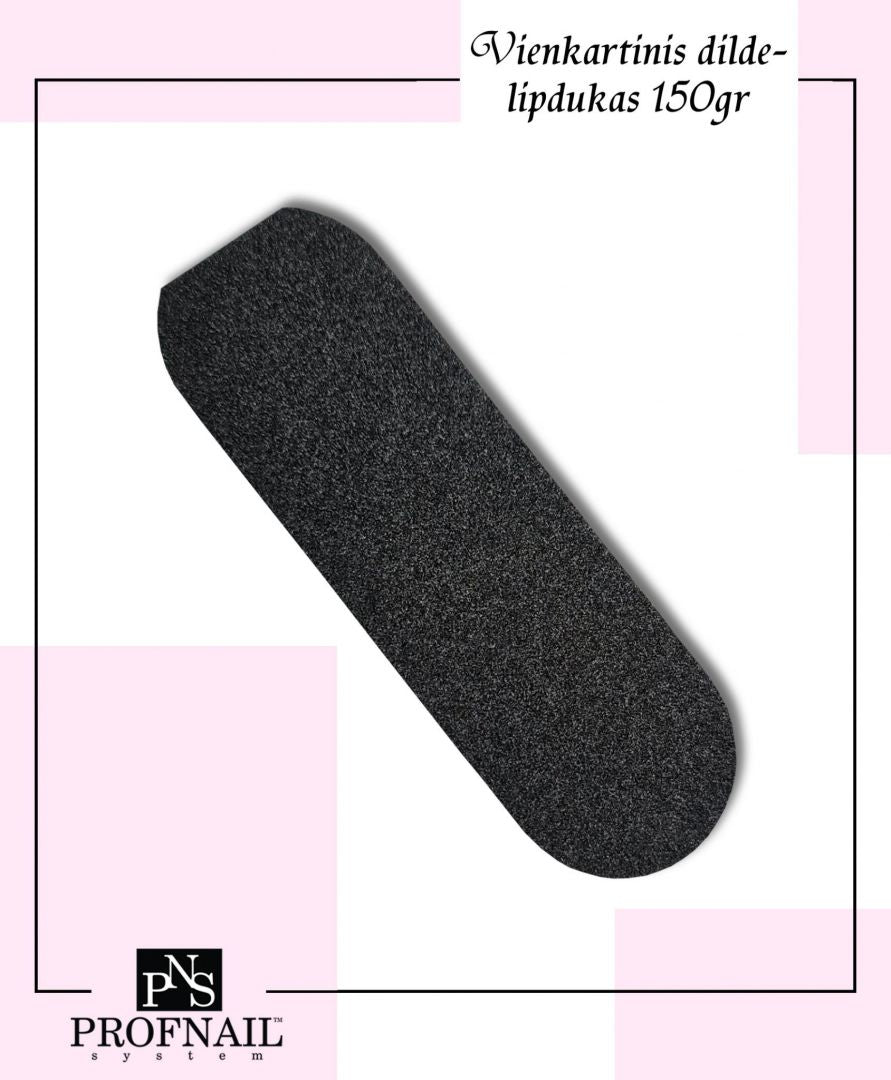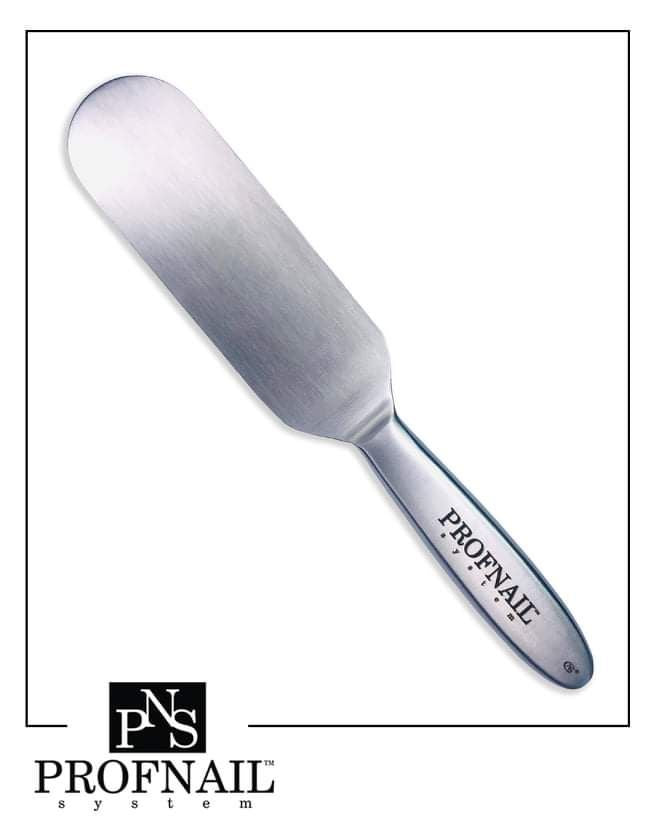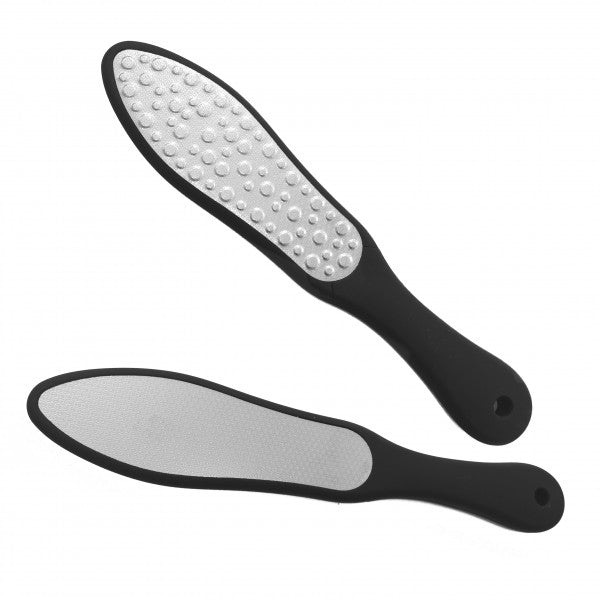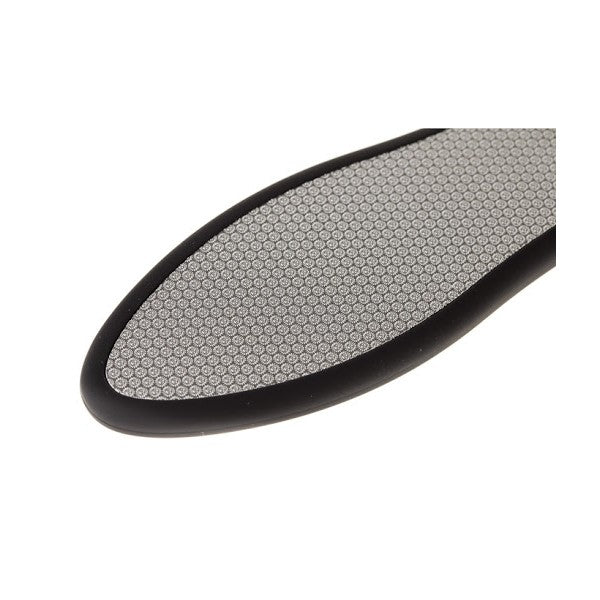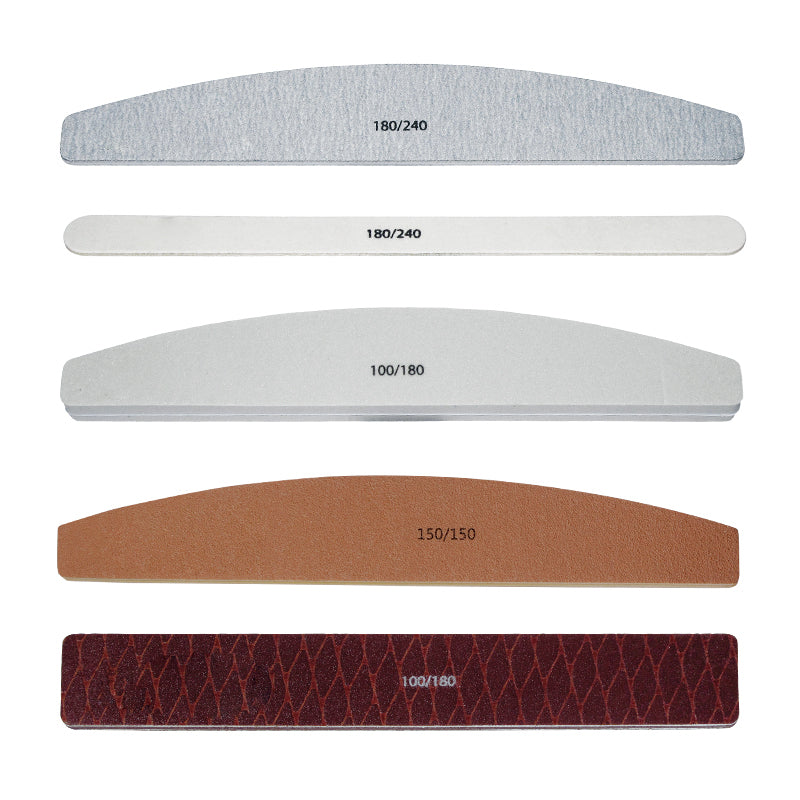
Files
A nail file is the main tool of a manicurist. How to choose the most suitable nail file for the job is a question that arises for almost every manicurist. We don't always know what to be guided by when choosing a nail file and we usually focus on the size and color of the tool. And these two criteria are the least important when buying a nail file. For example a manicurist with small hands will choose a smaller file for work, because it will be more convenient for filing nails than a long and wide one. Whether the file is paper, plastic or wooden, its color and size, these are elements that have almost no influence on choosing it for work. The main evaluation criterion is rudeness. The roughness of the file determines its purpose. Only to make it easier to distinguish the roughness of the files, they are produced in different colors. However, don't assume that a pink file from X will be as rough as a pink file from Y.
How do you know how to tell the difference between a so-called "soft" file and a so-called "medium coarse" file? It's simple: you just need to know what the numbers on the file mean.
Extra coarse - 80 grit
Medium fineness - 320 grit
Very coarse - 100 grit
Fine - 400 grit
Coarse - 120/150 grit
Medium softness - 600 grit
Medium coarse - 180 grit
Soft - 4000 grit
Medium - 240 grit
Polishing (shining) - 12000 grit
The numbers on the nail file indicate how many abrasive grains there are per square centimeter of the file. As you can see, the higher the number, the softer the file. Each manicurist decides for herself what purpose a nail file of one or another roughness is intended for, but it is obvious that rough files are used for processing hard surfaces (for example: forming acrylic nails), and soft nail files are only intended for shortening natural nails.
It is necessary to remember that when performing a classic manicure, rough nail files cannot be used for natural nails, because in the case of extremely dry nail cuticles, a rough nail file can cause nail layering, and long-term use of a rough file can even damage the nail plate. The greater the practical knowledge of the manicurist, the more new possibilities of using the file she will reveal. Do not rush to get rid of used files. They can be used when we can still save new files ie
- removing the acrylic mass from the natural nail plate;
- removing the gel mass from the natural nail plate;
- removing the raised step between the natural nail and the tip.
The edges of a new file are particularly sharp. A little carelessness and a new file can injure the cuticles of the nail, so it is very important that you run the edges of the new file with the old file before using the new nail file. So, the old file will serve you again.
How do you know how to tell the difference between a so-called "soft" file and a so-called "medium coarse" file? It's simple: you just need to know what the numbers on the file mean.
Extra coarse - 80 grit
Medium fineness - 320 grit
Very coarse - 100 grit
Fine - 400 grit
Coarse - 120/150 grit
Medium softness - 600 grit
Medium coarse - 180 grit
Soft - 4000 grit
Medium - 240 grit
Polishing (shining) - 12000 grit
The numbers on the nail file indicate how many abrasive grains there are per square centimeter of the file. As you can see, the higher the number, the softer the file. Each manicurist decides for herself what purpose a nail file of one or another roughness is intended for, but it is obvious that rough files are used for processing hard surfaces (for example: forming acrylic nails), and soft nail files are only intended for shortening natural nails.
It is necessary to remember that when performing a classic manicure, rough nail files cannot be used for natural nails, because in the case of extremely dry nail cuticles, a rough nail file can cause nail layering, and long-term use of a rough file can even damage the nail plate. The greater the practical knowledge of the manicurist, the more new possibilities of using the file she will reveal. Do not rush to get rid of used files. They can be used when we can still save new files ie
- removing the acrylic mass from the natural nail plate;
- removing the gel mass from the natural nail plate;
- removing the raised step between the natural nail and the tip.
The edges of a new file are particularly sharp. A little carelessness and a new file can injure the cuticles of the nail, so it is very important that you run the edges of the new file with the old file before using the new nail file. So, the old file will serve you again.








